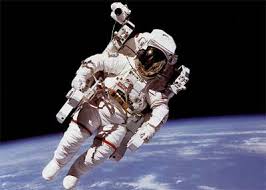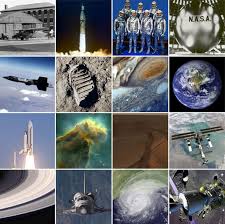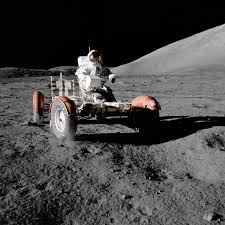
漢德百科全書 | 汉德百科全书

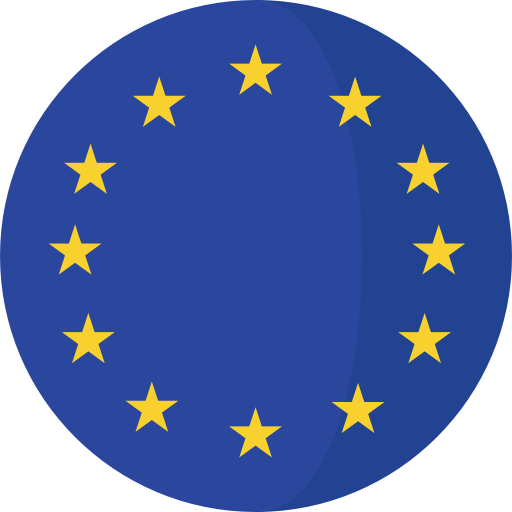 欧洲联盟
欧洲联盟
 欧盟的历史
欧盟的历史

 欧洲联盟
欧洲联盟
 *创始国
*创始国
 欧洲流行歌曲大赛
欧洲流行歌曲大赛

 财政金融
财政金融
 ***全球金融中心
***全球金融中心

 地理
地理

 地理
地理
 ***IMF发达国家
***IMF发达国家

 历史
历史
 公元 1500 - 2000
公元 1500 - 2000

 历史
历史
 公元 2000 - 2100
公元 2000 - 2100

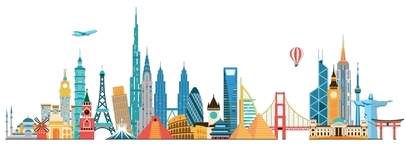 国际城市
国际城市
 *欧洲文化之都
*欧洲文化之都

 国际城市
国际城市
 欧洲城市
欧洲城市
 IMF发达国家
IMF发达国家
 IMF发达国家
IMF发达国家
 第六级
第六级
 卢森堡
卢森堡

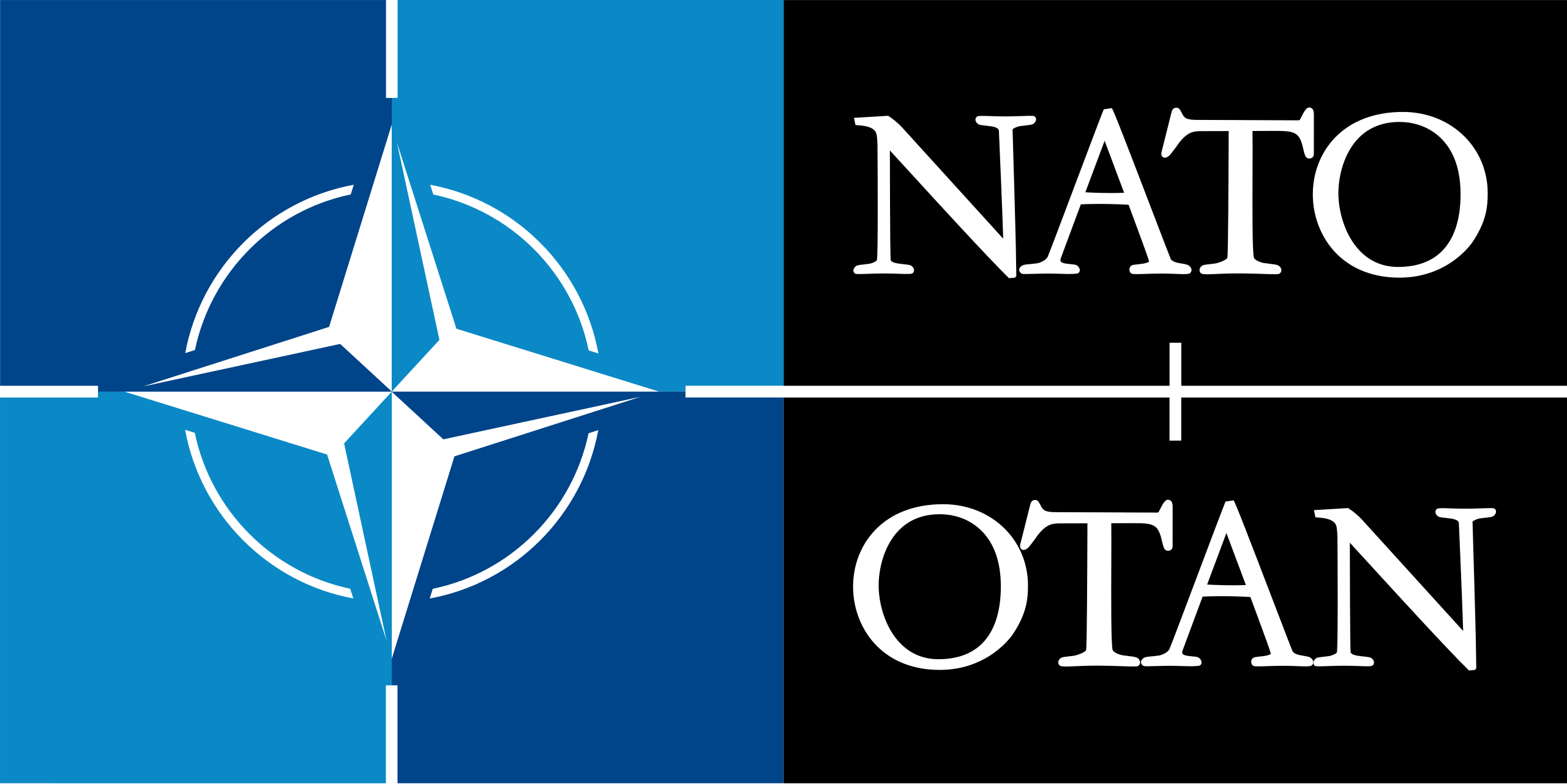 北约会员国
北约会员国

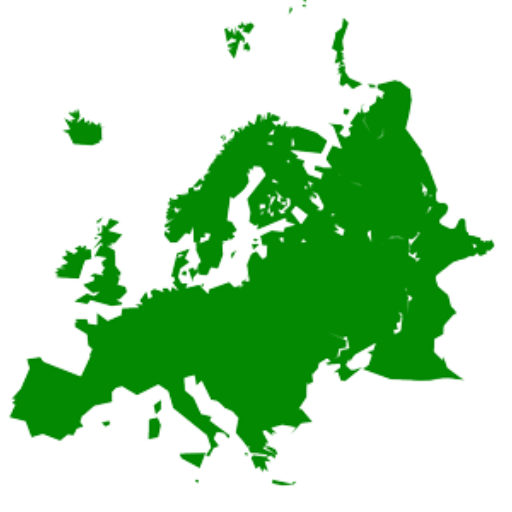 欧洲国家
欧洲国家

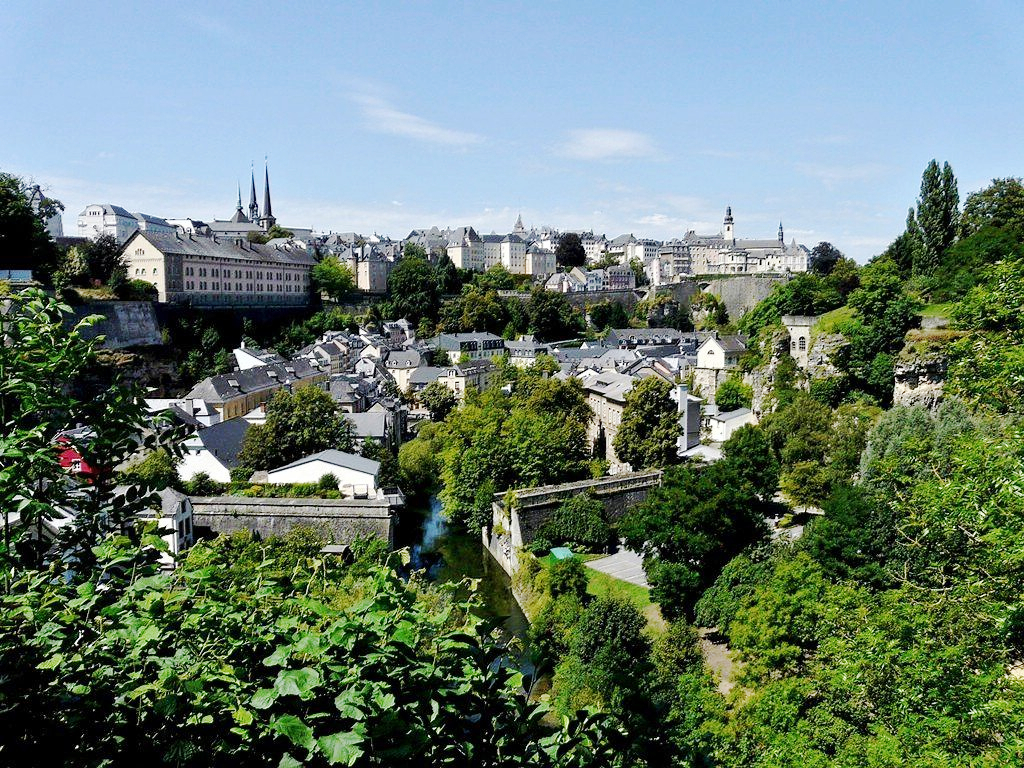
Das Großherzogtum Luxemburg (luxemburgisch Groussherzogtum Lëtzebuerg [ˈgʀəʊsˌhɛχtsoːktuːm ˈlətsəbuəɕ], französisch Grand-Duché de Luxembourg [ɡʁɑ̃ dyʃe də lyksɑ̃buʁ]) ist ein demokratischer Staat in Form einer parlamentarischen Monarchie[1] im Westen Mitteleuropas. Es ist das letzte Großherzog- bzw. Großfürstentum (von einst zwölf) in Europa. Das Land gehört zum mitteldeutschen Sprachraum. Landessprache ist Luxemburgisch, Verwaltungs- und Amtssprachen sind Französisch, Deutsch und Luxemburgisch. Gemeinsam mit seinem Nachbarn Belgien und mit den Niederlanden bildet Luxemburg die Beneluxstaaten.
卢森堡大公国(卢森堡语:Groussherzogtum Lëtzebuerg,法语:Grand-Duché de Luxembourg,德语:Großherzogtum Luxemburg),简称“卢森堡”,位于欧洲西北部,被邻国法国、德国和比利时包围,是一个内陆小国,也是现今欧洲大陆仅存的大公国,首都卢森堡市。因国土小、古堡多,又有“袖珍王国”、“千堡之国”的称呼 。
卢森堡地形富于变化,在历史上又处于德法要道,地势险要,一直是西欧重要的军事要塞,有北方直布罗陀的称号 。
卢森堡是一个高度发达的资本主义国家,也是欧盟和北约创始成员国之一,拥有欧盟多个下设机构,如欧洲法院、欧洲审计院以及欧洲投资银行,被称为继布鲁塞尔和斯特拉斯堡之后的欧盟“第三首都”。同时是高度发达的工业国家,还是欧元区内最重要的私人银行中心,及全球第二大仅次于美国的投资信托中心。金融、广播电视、钢铁是其三大经济支柱产业,该国失业率极低,人均寿命80岁。
卢森堡大公国(卢森堡语:Groussherzogtum Lëtzebuerg[注 1];法语:Grand-Duché de Luxembourg; 德语:Großherzogtum Luxemburg[注 2]),通称卢森堡(卢森堡语:Lëtzebuerg;法语:Luxembourg;德语:Luxemburg),被邻国法国、德国和比利时包围,是一个位于欧洲的内陆国家,也是现今欧洲大陆仅存的大公国,首都卢森堡市。卢森堡是欧盟成员国,因境内有欧洲法院、欧洲审计院、欧洲投资银行等多个欧盟机构被称为继布鲁塞尔和斯特拉斯堡之后的欧盟“第三首都”。
ルクセンブルク大公国(ルクセンブルクたいこうこく)、通称ルクセンブルクは、西ヨーロッパに位置する立憲君主制国家。首都は国名と同名のルクセンブルク市。隣接国は、南のフランス、西と北のベルギー、東のドイツである。ベルギー、オランダと併せてベネルクスと呼ばれる。
Luxembourg (/ˈlʌksəmbɜːrɡ/ ( listen)) (Luxembourgish: Lëtzebuerg [ˈlətsəbuə̯ɕ] (
listen)) (Luxembourgish: Lëtzebuerg [ˈlətsəbuə̯ɕ] ( listen); French: Luxembourg ; German: Luxemburg), officially the Grand Duchy of Luxembourg,[note 2] is a small landlocked country in western Europe. It is bordered by Belgium to the west and north, Germany to the east, and France to the south. Its capital, Luxembourg City, together with Brussels and Strasbourg, is one of the three official capitals of the European Union[6] and the seat of the European Court of Justice, the highest judicial authority in the EU. Its culture, people, and languages are highly intertwined with its neighbours, making it essentially a mixture of French and German cultures, as evident by the nation's three official languages: French, German, and the national language, Luxembourgish (sometimes considered a dialect of German). The repeated invasions by Germany, especially in World War II, resulted in the country's strong will for mediation between France and Germany and, among other things, led to the foundation of the European Union.[7]
listen); French: Luxembourg ; German: Luxemburg), officially the Grand Duchy of Luxembourg,[note 2] is a small landlocked country in western Europe. It is bordered by Belgium to the west and north, Germany to the east, and France to the south. Its capital, Luxembourg City, together with Brussels and Strasbourg, is one of the three official capitals of the European Union[6] and the seat of the European Court of Justice, the highest judicial authority in the EU. Its culture, people, and languages are highly intertwined with its neighbours, making it essentially a mixture of French and German cultures, as evident by the nation's three official languages: French, German, and the national language, Luxembourgish (sometimes considered a dialect of German). The repeated invasions by Germany, especially in World War II, resulted in the country's strong will for mediation between France and Germany and, among other things, led to the foundation of the European Union.[7]
With an area of 2,586 square kilometres (998 sq mi), it is one of the smallest sovereign states in Europe.[8] In 2016, Luxembourg had a population of 576,249, which makes it one of the least-populous countries in Europe,[9] but by far the one with the highest population growth rate.[10] Foreigners account for nearly half of Luxembourg's population.[11] As a representative democracy with a constitutional monarch, it is headed by Grand Duke Henri and is the world's only remaining grand duchy. Luxembourg is a developed country, with an advanced economy and one of the world's highest GDP (PPP) per capita. The City of Luxembourg with its old quarters and fortifications was declared a UNESCO World Heritage Site in 1994 due to the exceptional preservation of the vast fortifications and the old city.[12]
The history of Luxembourg is considered to begin in 963, when count Siegfried I acquired a rocky promontory and its Roman-era fortifications known as Lucilinburhuc, ′little castle′, and the surrounding area from the Imperial Abbey of St. Maximin in nearby Trier.[13][14] Siegfried's descendants increased their territory through marriage, war and vassal relations. At the end of the 13th century, the Counts of Luxembourg reigned over a considerable territory. [15] In 1308, Henry VII, Count of Luxembourg became King of the Germans and Holy Roman Emperor. The House of Luxembourg produced four Holy Roman Emperors at the high time of the Middle Ages. In 1354, Charles IV elevated the County to the Duchy of Luxembourg. Since Sigismund had no male heir, the Duchy became part of the Burgundian Circle and then one of the Seventeen Provinces of the Habsburg Netherlands.[16] Over the centuries, the City and Fortress of Luxembourg, of great strategic importance situated between the Kingdom of France and the Habsburg territories, was gradually built up to be one of the most reputed fortifications in Europe. After belonging to both the France of Louis XIV and the Austria of Maria Theresia, Luxembourg became part of the First French Republic and Empire under Napoleon.[17]
The present-day state of Luxembourg first emerged at the Congress of Vienna in 1815. The Grand-Duchy, with its powerful fortress, became an independent state under the personal possession of William I of the Netherlands with a Prussian garrison to guard the city against another invasion from France. [18] In 1839, following the turmoil of the Belgian Revolution, the purely Oil-speaking part of Luxembourg was ceded to Belgium and the Luxembourgish-speaking part (except the Arelerland, the area around Arlon) became what is the present state of Luxembourg. [19]
The steel industry exploiting the Red Lands' rich iron-ore grounds in the beginning of the 20th century drove the country's industrialisation. ArcelorMittal, the world's largest steel producer with headquarters in Luxembourg City, is still a reminder of these times. After the decline of the steel industry in the 1970s, the country focused on establishing itself as a global financial centre and developed into the banking hub it is reputed for. Since the beginning of the 21st century, its governments have focused on developing the country into a knowledge economy, with the founding of the University of Luxembourg and a national space programme, projecting the first involvement in a robotic lunar expedition by 2020.[20]
Luxembourg is a founding member of the European Union, OECD, United Nations, NATO, and Benelux. The city of Luxembourg, which is the country's capital and largest city, is the seat of several institutions and agencies of the EU. Luxembourg served on the United Nations Security Council for the years 2013 and 2014, which was a first in the country's history.[21] In 2016 Luxembourgish citizens had visa-free or visa-on-arrival access to 172 countries and territories, ranking the Luxembourgish passport 15th in the world, tied with countries such as Canada and Switzerland.[22]
Le Luxembourg, en forme longue le Grand-Duché de Luxembourg2,b,c ou le grand-duché de Luxembourgd, en luxembourgeois Lëtzebuerg et Groussherzogtum Lëtzebuerg, en allemand Luxemburg et Großherzogtum Luxemburg, est un pays d'Europe de l'Ouest sans accès à la mere Il est bordé par la Belgique à l'ouest et au nord, l'Allemagne à l'est, et la France au sud. Il comprend deux régions principales : l'Oesling au nord, qui est une partie du massif des Ardennes, et le Gutland au sud, prolongement de la Lorraine au sens géologique du terme. Le Luxembourg compte 602 005 habitants au 1er janvier 20181, et s'étend sur une superficie de 2 586 km2, faisant de lui l'une des plus petites nations souveraines d'Europe.
Le Luxembourg est une démocratie représentative et une monarchie constitutionnelle avec un grand-duc pour chef d'État, faisant du pays le seul grand-duché encore existant. Son économie dynamique en fait un des pays les plus riches et des plus prospères du monde, avec le PIB par habitant le plus élevé du monde selon le FMI en 2014. L'économie est principalement centrée sur les activités financières (environ la moitié du produit intérieur brut), favorisée par une fiscalité attractive voire dérisoire dans certains domaines (quasi-exonération d'impôts pour les bénéfices issus de l'exploitation de brevets ou de logiciels). La localisation centrale du territoire luxembourgeois en Europe a historiquement fait de lui un lieu d'une grande importance stratégique pour de nombreuses puissances, depuis sa fondation en tant que fortin romain7, son accueil d'un château franc durant le Haut Moyen Âge, et son rôle de bastion pour le chemin des Espagnols entre les XVIe et XVIIe siècles.
Le Luxembourg est le plus petit membre fondateur de l'Union européenne, de la zone euro, de l'OTAN, de l'OCDE, de l'ONU, de l'OSCE, du Conseil de l'Europe8,9,10,11 et du Benelux, reflétant son consensus politique en faveur de l'intégration économique, politique et militaire. La ville de Luxembourg, sa capitale et sa plus grande ville, est le siège de plusieurs établissements et institutions de l'UE. En 2012, le Luxembourg a été élu pour la première fois de son histoire à un siège temporaire au Conseil de sécurité des Nations unies. En raison de sa position géographique, la culture luxembourgeoise est une fusion de l'Europe germanique et romane, intégrant chacune des deux. De ce fait, le Luxembourg est un pays trilingue : le luxembourgeois, le français et l'allemand sont les trois langues officielles et, depuis 1984, le luxembourgeois a légalement le statut de « langue nationale »12.
Il Granducato di Lussemburgo (in francese: le Grand-Duché de Luxembourg; in lussemburghese: Groussherzogtum Lëtzebuerg; in tedesco: Großherzogtum Luxemburg) è un paese membro dell'Unione europea situato tra Germania, Francia e Belgio. È uno stato senza sbocco sul mare.
Membro fondatore dell'Unione europea, della NATO, del Benelux e delle Nazioni Unite, la sua capitale, l'omonima città di Lussemburgo, è sede di numerose istituzioni e agenzie europee oltre ad essere uno snodo finanziario di primaria importanza.
È l'unico granducato rimasto al mondo.
Luxemburgo, oficialmente denominado Gran Ducado de Luxemburgo (luxemburgués: Groussherzogtum Lëtzebuerg, francés: Grand-Duché de Luxembourg, alemán: Großherzogtum Luxemburg), es un pequeño país de Europa Central que forma parte de la Unión Europea. Se trata de un Estado sin litoral, rodeado por Francia, Alemania y Bélgica. Luxemburgo cuenta con una población de medio millón de habitantes sobre un área de 2586 kilómetros cuadrados.1
El gobierno de Luxemburgo es una monarquía constitucional y parlamentaria, siendo el único gran ducado soberano en la actualidad. El Estado tiene una economía altamente desarrollada, con el mayor producto interior bruto por cápita del mundo de acuerdo al Banco Mundial, y el segundo de acuerdo al Fondo Monetario Internacional.
Luxemburgo es miembro de la Unión Europea, la Organización del Tratado del Atlántico Norte, la Organización para la Cooperación y el Desarrollo Económico, las Naciones Unidas y el Benelux, reflejando la orientación política a favor de la integración económica, política y militar. Su capital, Luxemburgo, es sede de numerosas instituciones y agencias de la Unión Europea.
Luxemburgo posee culturas y tradiciones diversas por encontrarse entre la Europa romana y la Europa germánica. El país tiene tres lenguas oficiales: alemán, francés y luxemburgués. La localidad Schengen, que dio su nombre al espacio de Schengen, está ubicada en Luxemburgo.
Люксембу́рг (люксемб. Lëtzebuerg), официально Вели́кое Ге́рцогство Люксембу́рг (люксемб. Groussherzogtum Lëtzebuerg, фр. Grand-Duché de Luxembourg, нем. Großherzogtum Luxemburg) — государство (великое герцогство) в Западной Европе. Граничит с Бельгией на севере, на западе и на юге с Францией, на востоке с Германией, не имеет выхода к морю. Название происходит от древневерхненемецкого «lucilinburch» — «малый город». Общая площадь Люксембурга составляет 2586,4 км², что делает его одним из самых маленьких суверенных государств в Европе[5]. Население на 1 января 2018 года составляет 602 005 человек[2].
Член Европейского союза с 1957 года, также является членом НАТО, ОЭСР и ООН. Вместе с Бельгией и Нидерландами входит в состав Бенилюкса.

 建筑艺术
建筑艺术
 英格兰
英格兰
 欧洲流行歌曲大赛
欧洲流行歌曲大赛

 财政金融
财政金融
 ***全球金融中心
***全球金融中心
 欧洲足球锦标赛 2020
欧洲足球锦标赛 2020

 历史
历史
 公元 2000 - 2100
公元 2000 - 2100

 历史
历史
 公元 1500 - 2000
公元 1500 - 2000

 国际城市
国际城市
 ***全球城市经济竞争力
***全球城市经济竞争力
 国际铁人三项联盟冠军系列赛
国际铁人三项联盟冠军系列赛

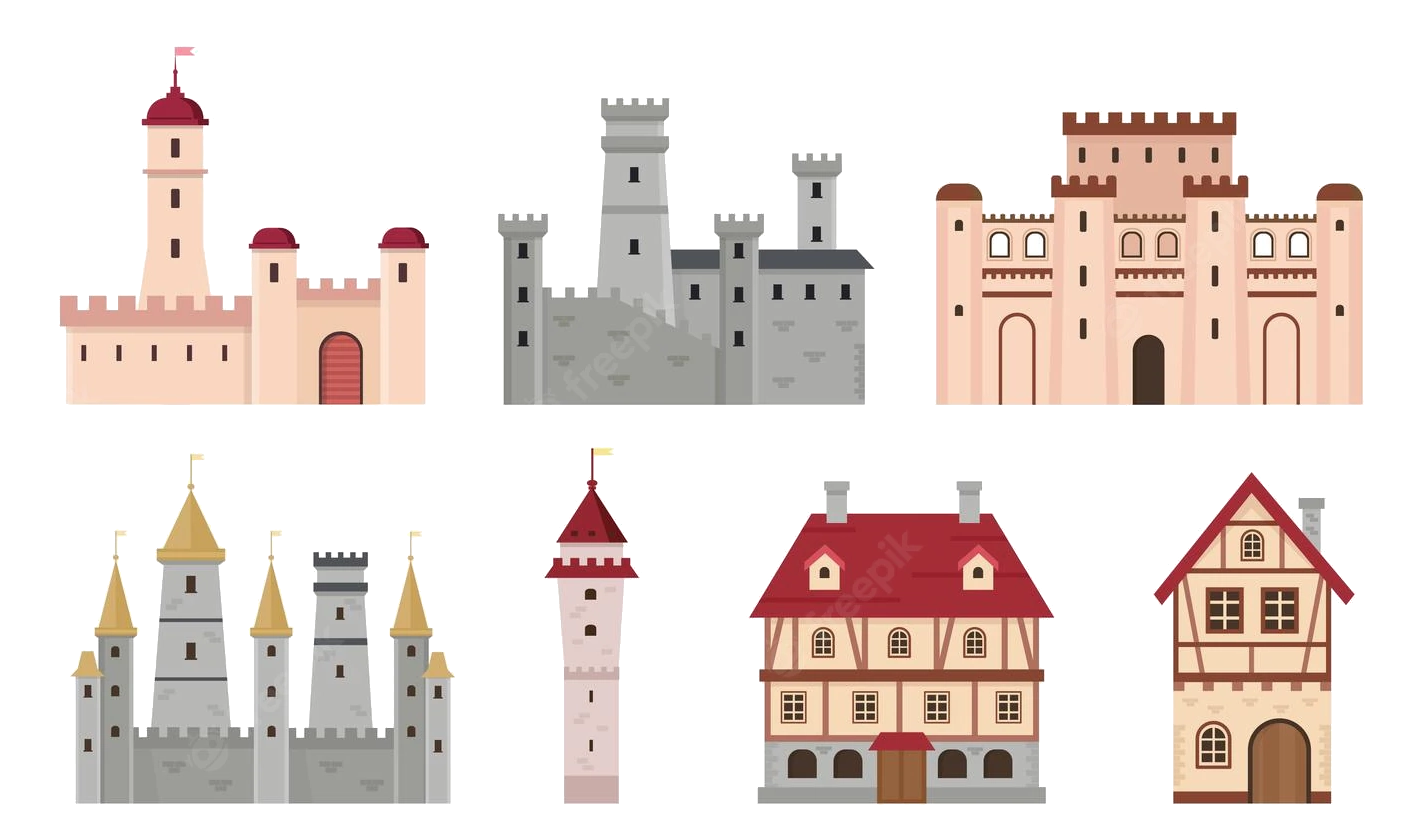 欧洲中世纪城市
欧洲中世纪城市
 夏季奥林匹克运动会
夏季奥林匹克运动会
 1908夏季奥林匹克运动会
1908夏季奥林匹克运动会
 1944夏季奥林匹克运动会
1944夏季奥林匹克运动会
 1948夏季奥林匹克运动会
1948夏季奥林匹克运动会
 2012夏季奥林匹克运动会
2012夏季奥林匹克运动会

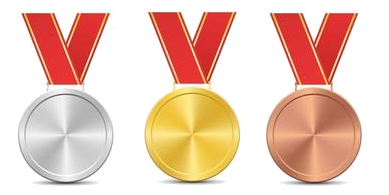 体育
体育
 铁人三项
铁人三项
 英国
英国

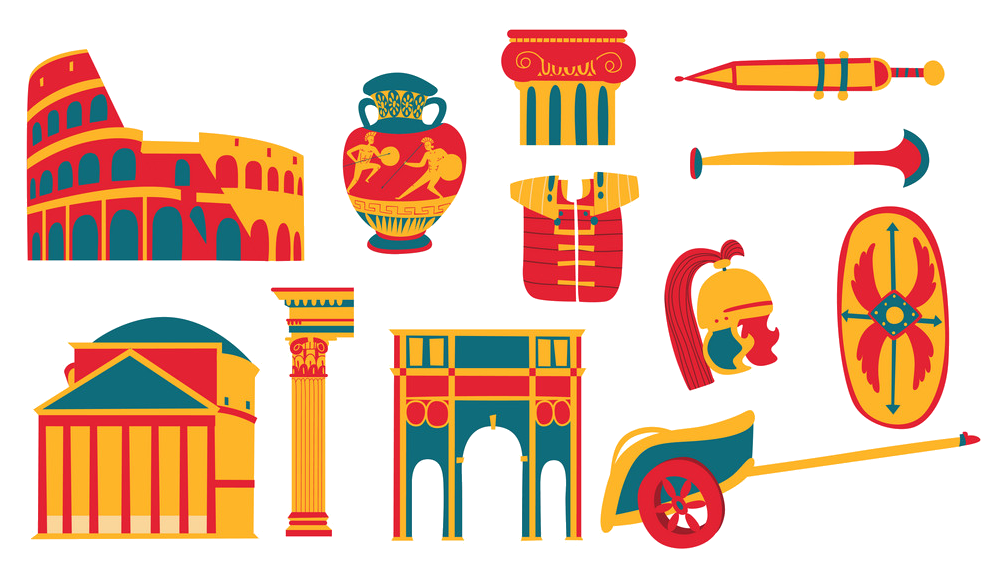 罗马人建立的城市
罗马人建立的城市

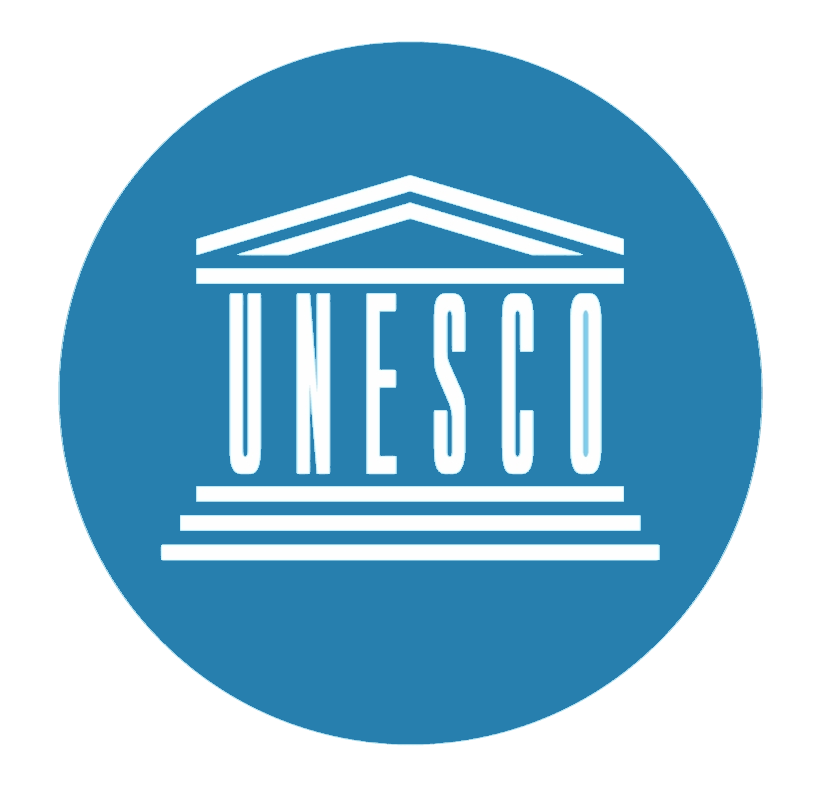 文化遗产
文化遗产

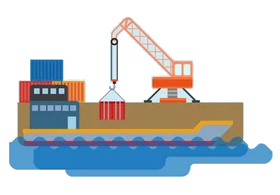 重要港口
重要港口


London (deutsche Aussprache [ˈlɔndɔn] oder gelegentlich [ˈlɔndən], englische Aussprache [ˈlʌndən]) ist zugleich die Hauptstadt des Vereinigten Königreiches und Englands. Die Stadt liegt an der Themse in Südostengland. Das heutige Verwaltungsgebiet mit 33 Stadtbezirken entstand im Jahr 1965 durch die Gründung von Greater London. Dort lebten 2022 rund 8,9 Millionen Menschen, davon rund 3,4 Millionen in den 13 Stadtbezirken Inner Londons.[2][4] In der gesamten Metropolregion London lebten 2019 knapp 14,4 Millionen Einwohner.[5]
Im Jahr 50 n. Chr. von den Römern als Londinium gegründet, wurde die Stadt nach der normannischen Eroberung 1066 Hauptstadt und Königssitz des Königreiches England. Bereits im Mittelalter entwickelte sich die Stadt zu einem bedeutenden internationalen Handelsplatz. Unter der Herrschaft von Elisabeth I. stieg ihre Bedeutung als Hafenstadt der Nordsee. Durch den Beginn der Industrialisierung im 18. Jahrhundert wuchs auch die Bevölkerung Londons, sodass es um 1800 eine der ersten Städte war, die mehr als eine Million Einwohner zählte. Bis 1900 versechsfachte sich die Bevölkerung, und London war bis zum Jahr 1925 die größte Stadt der Welt. Es entwickelte sich zu einem bedeutenden Zentrum der Technik und Industrie und wird bis heute zu den Weltstädten gerechnet.
London ist eines der bedeutendsten Kultur- und Handelszentren der Welt mit zahlreichen Universitäten, Hochschulen, Theatern und Museen. Mit einem BIP von 801,66 Mrd. € im Jahr 2017 ist London die größte städtische Wirtschaft Europas.[6] Die Stadt zählt außerdem neben New York City, Singapur und Hongkong zu den größten Finanzplätzen der Welt.[7] Historische Gebäude wie der Palace of Westminster oder Tower of London zählen zum UNESCO-Weltkulturerbe. Mit jährlich über 19 Millionen Touristen aus dem Ausland war London im Jahr 2016 nach Bangkok weltweit die zweitmeistbesuchte Stadt vor Paris.[8][9]
伦敦(英语:London;![]() i/ˈlʌndən/)[4]是英国首都,也是英国最大城市[5]以及其构成国英格兰的首府。位于泰晤士河流域,于公元50年由罗马人建立,取名为伦蒂尼恩,在此后两个世纪内为这一地区最重要的定居点之一[6]。伦敦的历史核心区——伦敦城仍旧维持其中世纪的界限,面积606.95平方英里(1,572.0平方千米),2019年人口为898.2万,为全英格兰最大的城市。自19世纪起,“伦敦”一称亦用于指称围绕这一核心区开发的周围地带[7]。这一城区集合自1965年起构成大伦敦行政区,由32个伦敦自治市加上伦敦城组成[8][9],由伦敦市长及伦敦议会管辖。[10][注 1]
i/ˈlʌndən/)[4]是英国首都,也是英国最大城市[5]以及其构成国英格兰的首府。位于泰晤士河流域,于公元50年由罗马人建立,取名为伦蒂尼恩,在此后两个世纪内为这一地区最重要的定居点之一[6]。伦敦的历史核心区——伦敦城仍旧维持其中世纪的界限,面积606.95平方英里(1,572.0平方千米),2019年人口为898.2万,为全英格兰最大的城市。自19世纪起,“伦敦”一称亦用于指称围绕这一核心区开发的周围地带[7]。这一城区集合自1965年起构成大伦敦行政区,由32个伦敦自治市加上伦敦城组成[8][9],由伦敦市长及伦敦议会管辖。[10][注 1]
伦敦亦是一个全球城市[11][12],[13]在文艺、商业、教育、娱乐、时尚、金融、健康、媒体、专业服务、研究与开发、旅游和交通方面都具有显著的地位[14][15][16][17],同时还是全球主要金融中心之一[18][19][20],根据计算,为全球国内生产总值第六大的都市区[注 2][21][22]。伦敦亦是全球文化首都之一[23][24][25][26],还是全球国际访客数量最多的城市[27],根据客流量计算则拥有全球最为繁忙的城市机场系统[28]。伦敦是全球领先投资地[29],吸引很多国际零售商来投资[30],个人净资产值高于其它城市[31]。伦敦拥有43所大学,其高等教育机构密集度在全欧洲最高[32]。2012年,伦敦成为史上首座三次举办现代夏季奥林匹克运动会的城市。[33]
伦敦的人口和文化十分多样,在大伦敦地区内使用的语言就超过300种[34]。这一区域2015年的官方统计人口为8,673,713[35],人口占全英国的12.5%[36]。在2020年英国脱离欧盟之前,伦敦的城市区为欧盟第二大,根据2011年普查其人口达到9,787,426,仅次于巴黎[37]。其都市区为欧洲最大,人口达13,614,409[注 3][38],而大伦敦政府则称伦敦都市区的总人口为2,100万[39]。1831年—1925年间,伦敦为世界最大的城市。[40]
有四项世界遗产位于伦敦,分别为:伦敦塔;邱园;威斯敏斯特宫、威斯敏斯特教堂和圣玛格丽特教堂;以及格林尼治历史区(其中的皇家天文台为本初子午线、0°经线和格林尼治标准时间所经之地)[41]。其他著名景点包括白金汉宫、伦敦眼、皮卡迪利圆环、圣保罗座堂、伦敦塔桥、特拉法加广场和碎片大厦。伦敦亦是诸多博物馆、画廊、图书馆、体育运动及其他文化机构的所在地,包括大英博物馆、国家美术馆、泰特现代艺术馆、大英图书馆以及40家西区剧院[42]。伦敦地铁是全球最古老的地下铁路网络。
ロンドン(英語: London [ˈlʌndən] (![]() 音声ファイル))はグレートブリテンおよび北アイルランド連合王国およびこれを構成するイングランドの首都。イギリスやヨーロッパ域内で最大の都市圏を形成している。ロンドンはテムズ川河畔に位置し、2,000年前のローマ帝国によるロンディニウム創建が都市の起源である[4]。ロンディニウム当時の街の中心部は、現在のシティ・オブ・ロンドン(シティ)に当たる地域にあった。シティの市街壁内の面積は約1平方マイルあり、中世以来その範囲はほぼ変わっていない。少なくとも19世紀以降、「ロンドン」の名称はシティの市街壁を越えて開発が進んだシティ周辺地域をも含めて用いられている[5]。ロンドンは市街地の大部分はコナベーションにより形成されている[6]。ロンドンを管轄するリージョンであるグレーター・ロンドンでは[7]、選挙で選出されたロンドン市長とロンドン議会により統治が行われている[8]。
音声ファイル))はグレートブリテンおよび北アイルランド連合王国およびこれを構成するイングランドの首都。イギリスやヨーロッパ域内で最大の都市圏を形成している。ロンドンはテムズ川河畔に位置し、2,000年前のローマ帝国によるロンディニウム創建が都市の起源である[4]。ロンディニウム当時の街の中心部は、現在のシティ・オブ・ロンドン(シティ)に当たる地域にあった。シティの市街壁内の面積は約1平方マイルあり、中世以来その範囲はほぼ変わっていない。少なくとも19世紀以降、「ロンドン」の名称はシティの市街壁を越えて開発が進んだシティ周辺地域をも含めて用いられている[5]。ロンドンは市街地の大部分はコナベーションにより形成されている[6]。ロンドンを管轄するリージョンであるグレーター・ロンドンでは[7]、選挙で選出されたロンドン市長とロンドン議会により統治が行われている[8]。
ロンドンは屈指の世界都市として、芸術、商業、教育、娯楽、ファッション、金融、ヘルスケア、メディア、専門サービス、調査開発、観光、交通といった広範囲にわたる分野において強い影響力がある[9]。また、ニューヨークと並び世界をリードする金融センターでもあり[10][11][12]、2009年時点の域内総生産は世界第5位で、欧州域内では最大である[13]。世界的な文化の中心でもある[14][15][16][17]。ロンドンは世界で最も来訪者の多い都市であり[18]、単一の都市圏としては世界で最も航空旅客数が多い[19]。欧州では最も高等教育機関が集積する都市であり、ロンドンには大学が43校ある[20]。2012年のロンドンオリンピック開催に伴い、1908年、1948年に次ぐ3度目のオリンピック開催となり、同一都市としては史上最多となる[21]。
ロンドンは文化的な多様性があり、300以上の言語が使われている[22]。2011年3月時点のロンドンの公式の人口は817万4,100人であり、欧州の市域人口では最大で[23][24]、イギリス国内の全人口の12.7%を占めている[25]。グレーター・ロンドンの都市的地域は、パリの都市的地域に次いで欧州域内で第2位となる8,278,251人の人口を有し[26]、ロンドンの都市圏の人口は1200万人[27]から1400万人[28]に達し、欧州域内では最大である。ロンドンは1831年から1925年にかけて、世界最大の人口を擁する都市であった[29]。2012年にマスターカードが公表した統計によると、ロンドンは世界で最も外国人旅行者が訪れる都市である[30]。
イギリスの首都とされているが、他国の多くの首都と同様、ロンドンの首都としての地位を明示した文書は存在しない[31]。
London (/ˈlʌndən/ ( listen) LUN-dən) is the capital and most populous city of England and the United Kingdom.[8][9] Standing on the River Thames in the south east of the island of Great Britain, London has been a major settlement for two millennia. It was founded by the Romans, who named it Londinium.[10] London's ancient core, the City of London, largely retains its 1.12-square-mile (2.9 km2) medieval boundaries. Since at least the 19th century, "London" has also referred to the metropolis around this core, historically split between Middlesex, Essex, Surrey, Kent and Hertfordshire,[11][12][13] which today largely makes up Greater London,[14][15][note 1] a region governed by the Mayor of London and the London Assembly.[16][note 2][17]
listen) LUN-dən) is the capital and most populous city of England and the United Kingdom.[8][9] Standing on the River Thames in the south east of the island of Great Britain, London has been a major settlement for two millennia. It was founded by the Romans, who named it Londinium.[10] London's ancient core, the City of London, largely retains its 1.12-square-mile (2.9 km2) medieval boundaries. Since at least the 19th century, "London" has also referred to the metropolis around this core, historically split between Middlesex, Essex, Surrey, Kent and Hertfordshire,[11][12][13] which today largely makes up Greater London,[14][15][note 1] a region governed by the Mayor of London and the London Assembly.[16][note 2][17]
London is one of the leading global cities[18][19] in the arts, commerce, education, entertainment, fashion, finance, healthcare, media, professional services, research and development, tourism and transportation.[20][21][22] It is the world's largest financial centre[23][24][25][26] and has the fifth or sixth largest metropolitan area GDP in the world.[note 3][27][28] London is often regarded as a world cultural capital.[29][30][31] It is the world's most-visited city as measured by international arrivals[32] and has the world's largest city airport system measured by passenger traffic.[33] It is the world's leading investment destination,[34][35][36][37] hosting more international retailers[38][39] and ultra high-net-worth individuals[40][41] than any other city. London's universities form the largest concentration of higher education institutes in Europe.[42] In 2012, London became the first city to have hosted the modern Summer Olympic Games three times.[43]
London has a diverse range of people and cultures, and more than 300 languages are spoken in the region.[44] Its estimated mid-2016 municipal population (corresponding to Greater London) was 8,787,892,[4] the largest of any city in the European Union[45] and accounting for 13.4% of the UK population.[46] London's urban area is the second most populous in the EU, after Paris, with 9,787,426 inhabitants at the 2011 census.[47] The city's metropolitan area is the most populous in the EU with 14,040,163 inhabitants in 2016,[note 4][3] while the Greater London Authority states the population of the city-region (covering a large part of the south east) as 22.7 million.[48][49] London was the world's most populous city from around 1831 to 1925.[50]
London contains four World Heritage Sites: the Tower of London; Kew Gardens; the site comprising the Palace of Westminster, Westminster Abbey, and St Margaret's Church; and the historic settlement of Greenwich (in which the Royal Observatory, Greenwich defines the Prime Meridian, 0° longitude, and GMT).[51] Other landmarks include Buckingham Palace, the London Eye, Piccadilly Circus, St Paul's Cathedral, Tower Bridge, Trafalgar Square and The Shard. London is home to numerous museums, galleries, libraries, sporting events and other cultural institutions, including the British Museum, National Gallery, Natural History Museum, Tate Modern, British Library and West End theatres.[52] The London Underground is the oldest underground railway network in the world.
Londres (prononcé [lɔ̃dʁ] ; en anglais London [ˈlʌn.dən]), située dans le Sud-Est de la Grande-Bretagne, est la capitale et la plus grande ville de l'Angleterre et du Royaume-Uni. Longtemps capitale de l'Empire britannique, elle est désormais le siège du Commonwealth of Nations.
Fondée il y a presque 2 000 ans par les Romains sous le nom de Londinium, Londres était au XIXe siècle la ville la plus peuplée du monde. Bien que largement dépassée dans ce domaine par de nombreuses mégapoles, elle reste une métropole de tout premier plan1, en raison de son rayonnement et de sa puissance économique, dû notamment à sa place de premier centre financier mondial2. Londres se place dans la triade des grands centres financiers du monde, avec New York et Hong Kong, en étant la principale place bancaire et financière d'Europe. Cette trilogie est appelée par les médias anglophones « Nylonkong »3.
La région de Londres, composée de l'Inner London et de l'Outer London, comptait environ 8 673 000 habitants en 2015 et réalise un cinquième du produit intérieur brut du Royaume-Uni4. En 2015, l'aire urbaine de Londres comptait 9 787 426 habitants et son aire métropolitaine 12 317 800 habitants. En Europe, seules les agglomérations de Moscou, Istanbul et Paris5 ont un poids démographique comparable. Ses habitants s'appellent les Londoniens (en anglais : Londoners).
Londres, la seule ville du monde à ce jour à avoir organisé trois fois les Jeux olympiques (1908, 1948, 2012), est dynamique et très diverse sur le plan culturel. Elle joue un rôle important dans l'art et dans la mode. Elle reçoit 28 millions de touristes par an et compte quatre sites inscrits au patrimoine mondial ainsi que de nombreux monuments emblématiques : le palais de Westminster, le Tower Bridge, la tour de Londres, l'abbaye de Westminster, le palais de Buckingham, Big Ben ainsi que des institutions renommées comme le British Museum ou la National Gallery.
Londra (AFI: [ˈlondra];[2] in inglese britannico: London, [ˈlʌndən][3]) è la capitale e maggiore città dell'Inghilterra e del Regno Unito, con i suoi 8 825 000 abitanti.
La sua estensione territoriale la rende la terza città più estesa d'Europa, preceduta da Mosca e Istanbul e seguita da Roma e Berlino. L'area metropolitana conta infatti circa 14 milioni di residenti e si estende per svariate decine di chilometri lungo la valle del Tamigi, fino al suo enorme estuario. Molti degli abitanti, chiamati londinesi (Londoners), provengono dall'estero o sono di origine straniera, risultando così una delle città più cosmopolite e multietniche del mondo. Londra è stata la capitale indiscussa dell'Impero britannico e, quindi, meta di flussi migratori durante e soprattutto dopo la fine dell'era coloniale.
Ha il più elevato PIL fra tutte le città europee, ed il quinto al mondo.[4] I suoi sei aeroporti internazionali ne fanno il più grande snodo del traffico aereo globale; è anche sede del più antico sistema di metropolitana del mondo, la London Underground (The Tube). È la seconda città più visitata al mondo dal turismo internazionale, dopo Bangkok in Asia.[5]
A Londra hanno sede numerose istituzioni, organizzazioni e società internazionali. Vi si trovano importanti musei, teatri e sale da concerto; la città contiene quattro patrimoni dell'umanità. Inoltre, vi risiede stabilmente il monarca del Regno Unito presso Buckingham Palace ed il parlamento; il primo ministro occupa l'abitazione al 10 Downing Street. Per tutte le caratteristiche elencate, Londra conquista il titolo di Città globale, classificandosi come l'unica città britannica nella lista delle Città Mondiali Alfa[6].
Dal 2000, con le riforme volute dal governo di Tony Blair, Londra è amministrata secondo una speciale legislazione sui generis[7] che determina e coordina i poteri della superiore Autorità della Grande Londra, composta dal Sindaco e dall'Assemblea di Londra, con quelli di 33 borghi londinesi a livello inferiore.[8
Londres (London en inglés,  ˈlʌndən (?·i)) es la capital y mayor ciudad de Inglaterra y del Reino Unido.23 Situada a orillas del río Támesis, Londres es un importante asentamiento humano desde que fue fundada por los romanos con el nombre de Londinium hace casi dos milenios.4 El núcleo antiguo de la urbe, la City de Londres, conserva básicamente su perímetro medieval de una milla cuadrada. Desde el siglo XIX el nombre «Londres» también hace referencia a toda la metrópolis desarrollada alrededor de este núcleo.5 El grueso de esta
ˈlʌndən (?·i)) es la capital y mayor ciudad de Inglaterra y del Reino Unido.23 Situada a orillas del río Támesis, Londres es un importante asentamiento humano desde que fue fundada por los romanos con el nombre de Londinium hace casi dos milenios.4 El núcleo antiguo de la urbe, la City de Londres, conserva básicamente su perímetro medieval de una milla cuadrada. Desde el siglo XIX el nombre «Londres» también hace referencia a toda la metrópolis desarrollada alrededor de este núcleo.5 El grueso de esta
 加利福尼亚州高速公路一号
加利福尼亚州高速公路一号

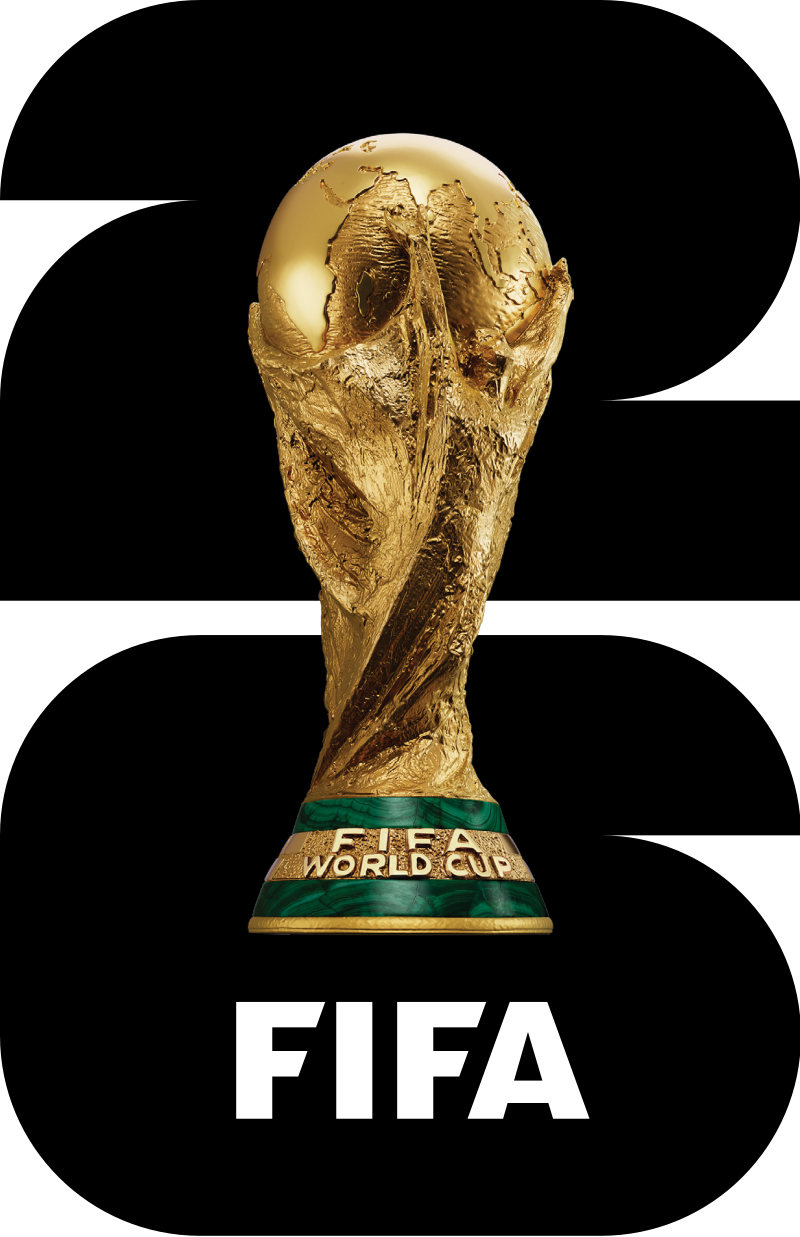 2026年世界杯足球赛
2026年世界杯足球赛

 财政金融
财政金融
 ***全球金融中心
***全球金融中心

 历史
历史
 公元 2000 - 2100
公元 2000 - 2100

 历史
历史
 公元 1500 - 2000
公元 1500 - 2000

 国际城市
国际城市
 ***全球城市经济竞争力
***全球城市经济竞争力
 英雄联盟
英雄联盟
 英雄联盟全球总决赛
英雄联盟全球总决赛
 夏季奥林匹克运动会
夏季奥林匹克运动会
 1932夏季奥林匹克运动会
1932夏季奥林匹克运动会
 1984夏季奥林匹克运动会
1984夏季奥林匹克运动会
 2028夏季奥林匹克运动会
2028夏季奥林匹克运动会
 美国
美国

 重要港口
重要港口
Los Angeles [lɔs ˈændʒələs] (aus dem spanischen Los Ángeles [losˈaŋxeles] ‚Die Engel‘) oder auch kurz L.A., ist die größte Stadt im US-Bundesstaat Kalifornien. Sie liegt am Pazifischen Ozean und am Los Angeles River.
Los Angeles ist mit 3.928.864 Einwohnern (2014)[1] im Stadtgebiet nach New York City und vor Chicago die zweitgrößte Stadt der Vereinigten Staaten.[2] Mit 11,8 Millionen Einwohnern in der Agglomeration[3] sowie über 12,8 Millionen Einwohnern in der Metropolregion (Metropolitan Statistical Area) und knapp 17,8 Millionen in der erweiterten Metropolregion steht die Greater Los Angeles Area unter den größten Metropolregionen der Welt an 17. Stelle.[4] Die Einwohner von Los Angeles werden Angelenos [ændʒəˈlinoʊz] genannt.
Los Angeles ist Hauptstadt und Verwaltungssitz des Los Angeles County. Die Stadt ist das Wirtschafts-, Geschäfts- und Kulturzentrum Kaliforniens mit zahlreichen Universitäten, Hochschulen, Forschungsinstituten, Theatern und Museen. Los Angeles ist weltgrößter Standort für die Flugzeug- und Raumfahrtindustrie und bekannt wegen der dort ansässigen Film- und Fernsehindustrie (Hollywood) und Musikszene.
Die Metropolregion Los Angeles erbrachte 2016 eine Wirtschaftsleistung von 1,001 Billionen US-Dollar. Unter den Städten der Welt belegt es damit den dritten Rang hinter Tokio und New York City.[5]
洛杉矶(英语:City of Los Angeles,缩写为L.A.),简称洛城,是位于美国加利福尼亚州南部的都市,也是洛杉矶县的县治,人口约397万[8],为加州第一大城,同时也是美国人口第二大都市,仅次于纽约市。全市面积为469.1平方英里(1214.9平方公里)。由洛杉矶、长滩、安那翰3市组成的洛杉矶都会区拥有约1331万的人口[9],涵盖范围更广的大洛杉矶地区则达到1870万[10],两者在统计上均次于纽约都会区,为全美国第二大都会区。
洛杉矶在1781年由西属上加利福尼亚总督费利佩·德·内维建立。它曾先后属于西班牙与墨西哥,但在1848年美墨战争结束后,墨西哥将包括洛杉矶在内的上加利福尼亚地区割让给美国。1850年4月4日,洛杉矶正式建市,比加州加入联邦的时间早了5个月。时至今日,洛杉矶已发展成为全世界的文化、科学、技术、体育、国际贸易和高等教育中心之一,还拥有世界知名的各种专业与文化领域的机构。整个大洛杉矶地区在电影、电视、音乐等文化娱乐产业的蓬勃发展,构成了洛杉矶的国际声誉和全球地位的基础。截至2014年,洛杉矶的大都市生产总值达8605亿美元,排名世界第三。
ロサンゼルス(英語: Los Angeles、スペイン語も同じ)は、アメリカ合衆国カリフォルニア州にある都市。同州最大の都市かつ全米有数の世界都市であり、国内ではニューヨークに次いで人口が多い[1]。
Los Angeles (US: /lɔːs ˈændʒələs/ (![]() listen);[16][a] Spanish for "The Angels"; Spanish: Los Ángeles; Spanish: [los ˈaŋxeles]; officially the City of Los Angeles, known colloquially by its initials L.A.) is the second-most populous city in the United States, after New York City, and the most populous city in the Western United States. With an estimated population of four million,[17] Los Angeles is the largest and most populous city in the state of California and the cultural, financial, and commercial center of Southern California. Nicknamed the "City of Angels" partly because of its name's Spanish meaning, Los Angeles is known for its Mediterranean climate, ethnic diversity, and sprawling metropolis.
listen);[16][a] Spanish for "The Angels"; Spanish: Los Ángeles; Spanish: [los ˈaŋxeles]; officially the City of Los Angeles, known colloquially by its initials L.A.) is the second-most populous city in the United States, after New York City, and the most populous city in the Western United States. With an estimated population of four million,[17] Los Angeles is the largest and most populous city in the state of California and the cultural, financial, and commercial center of Southern California. Nicknamed the "City of Angels" partly because of its name's Spanish meaning, Los Angeles is known for its Mediterranean climate, ethnic diversity, and sprawling metropolis.
Los Angeles is located in a large basin bounded by the Pacific Ocean on one side and by mountains as high as 10,000 feet (3,000 m) on the others. The city proper, which covers about 469 square miles (1,210 km2),[18] is the seat of Los Angeles County, the most populated county in the country. Los Angeles is the principal city of the Los Angeles metropolitan area; with a population of 13.1 million residents it is the second largest in the United States after that of New York City.[19] It is part of the Los Angeles-Long Beach combined statistical area, also the second most populous in the nation with a 2015 estimated population of 18.7 million.[20]
Los Angeles is one of the most substantial economic engines within the United States, with a diverse economy in a broad range of professional and cultural fields. Los Angeles is also famous as the home of Hollywood, a major center of the world entertainment industry. A global city, it has been ranked 6th in the Global Cities Index and 9th in the Global Economic Power Index. The Los Angeles combined statistical area also has a gross metropolitan product of $831 billion (as of 2008), making it the third-largest in the world, after the Tokyo and New York metropolitan areas. Los Angeles hosted the 1932 and 1984 Summer Olympics and will host the event for a third time in 2028. The city also hosted the Miss Universe pageant twice, in 1990 and 2006.
Historically home to the Chumash and Tongva, Los Angeles was claimed by Juan Rodríguez Cabrillo for Spain in 1542 along with the rest of what would become Alta California. The city was officially founded on September 4, 1781, by Spanish governor Felipe de Neve. It became a part of Mexico in 1821 following the Mexican War of Independence. In 1848, at the end of the Mexican–American War, Los Angeles and the rest of California were purchased as part of the Treaty of Guadalupe Hidalgo, becoming part of the United States. Los Angeles was incorporated as a municipality on April 4, 1850, five months before California achieved statehood. The discovery of oil in the 1890s brought rapid growth to the city.[21] The completion of the Los Angeles Aqueduct in 1913, delivering water from Eastern California, later assured the city's continued rapid growth.
Los Angeles (prononcé en anglais américain [lɑs ˈæn.dʒə.ləs] Écouter)n 1 est la deuxième ville la plus peuplée des États-Unis après New York. Elle est située dans le sud de l'État de Californie, sur la côte pacifique. Les Américains l'appellent souvent par son diminutif, L.A. (prononcé [ˌɛlˈeɪ]). La ville est le siège du comté portant le même nom. Los Angeles signifie « les anges » en espagnol et ses habitants sont appelés Angelenos (quelquefois Angelinos) — les Angelins. Son nom complet est El Pueblo de Nuestra Señora la Reina de Los Ángeles del Río de Porciúncula, c'est-à-dire « le village de Notre-Dame la Reine des Anges du fleuve de Porciuncula », Porciuncula étant le nom donné au fleuve Los Angeles par les Amérindiens2.
Selon une estimation, la population de la commune est de 3 976 322 habitants en 2016, alors qu'elle n'était que de 11 500 en 1887. Le comté rassemble 10 179 716 habitants (en juillet 2004) alors que l'aire urbaine de Los Angeles compte environ 18,5 millions d’habitants3, ce qui en fait la deuxième agglomération des États-Unis après celle de New York. Mais la commune de Los Angeles est relativement restreinte face à son agglomération, même si elle est plus grande que New York et Chicago.
Los Angeles est une ville olympique : elle accueille les Jeux olympiques d'été deux fois (en 1932 et 1984), et les accueillera de nouveau en 2028. Mondialement connue pour son activité culturelle (notamment via la production cinématographique à Hollywood), elle a un statut de ville-région mondiale (world city-region)4 ; cosmopolite, elle demeure l'un des points d'entrée d'immigrants les plus importants aux États-Unis.
Los Angeles (pronuncia inglese [lɒs ˈændʒələs]; pronuncia italiana[4]: [loˈzɛndʒeles] o [loˈzandʒeles]; pronuncia spagnola [los ˈaŋxeles]), spesso abbreviata in L.A., è una città degli Stati Uniti d'America, capoluogo dell'omonima contea, situata nella California meridionale. Con 4 057 875 abitanti (nel 2017[3]), è la città più popolosa della California e la seconda più popolosa degli Stati Uniti d'America dopo New York.
Fondata dagli spagnoli come El Pueblo de Nuestra Señora la Reina de los Ángeles del Rio de la Porciúncula de Asís[5], ovvero "Il villaggio di santa Maria degli Angeli della Porziuncola di Assisi", assurse allo status di città il 9 giugno 1850, cinque mesi prima che la California diventasse il trentesimo Stato dell'Unione.
È un centro economico e scientifico di rilevanza internazionale. È inoltre la capitale mondiale dell'industria cinematografica, ospitata in uno dei sobborghi più famosi della città, Hollywood; a Los Angeles e dintorni risiedono numerosi personaggi del cinema e dello spettacolo americano e internazionale.
Los Ángeles (en inglés: Los Angeles, pronunciado AFI: [lɒs ˈændʒəˌləs]), oficialmente Ciudad de Los Ángeles y de manera abreviada L. A., es la ciudad más poblada del estado estadounidense de California y la segunda ciudad más poblada de Estados Unidos. Tiene, según el censo de 2010, una población de 3 792 621 habitantes.2 Está ubicada en el sur de California y abarca una superficie de 1215 km².
La ciudad es el centro del área estadística metropolitana de Los Ángeles-Long Beach-Santa Ana y del Gran Los Ángeles que, según el censo de 2010, sumaban una población de 13 y 18 millones de personas, respectivamente. Es, por tanto, una de las mayores áreas metropolitanas del mundo3 y la segunda de Estados Unidos.4 La ciudad también es la sede del condado de Los Ángeles, uno de los condados más poblados y étnicamente diversos del país;5 la propia ciudad de Los Ángeles es reconocida como una de las metrópolis más diversas del planeta.6 A sus habitantes les corresponde el gentilicio «angelinos/as».7
Los Ángeles fue fundada el 4 de septiembre de 1781 por el gobernador español Felipe de Neve con el nombre de «El Pueblo de Nuestra Señora la Reina de los Ángeles del Río de Porciúncula».8 En 1821, después de la guerra de independencia de México, la ciudad se integró como parte de México,9 pero en 1848, a consecuencia de la intervención estadounidense en México, Los Ángeles y el resto de la Alta California pasaron a ser parte de los Estados Unidos de América, de acuerdo con lo pactado en el Tratado de Guadalupe Hidalgo.10 La ciudad se incorporó a la Unión como municipio el 4 de abril de 1850, cinco meses antes de que California alcanzara la categoría de estado de los Estados Unidos.11
Los Ángeles es una ciudad global con gran influencia en ámbitos tan diversos como los negocios, el comercio internacional, el entretenimiento, la cultura, los medios de comunicación, la moda, la ciencia, los deportes, la tecnología, la educación, la medicina o la investigación. En la ciudad tienen su sede instituciones de renombre que abarcan diversos campos profesionales y culturales, y es uno de los motores económicos más importantes de Estados Unidos. El área estadística combinada de Los Ángeles sumaba en 2008 un producto regional bruto de 831 000 millones de USD, el tercero más importante del mundo tras Tokio y Nueva York.12 Los Ángeles, dentro de la cual se encuentra Hollywood, es líder mundial en la creación de producciones de televisión, videojuegos, música y cine que triunfan en todo el planeta. Además, la ciudad ha sido sede en dos ocasiones de los Juegos Olímpicos de Verano, en 1932 y en 1984, y lo será por tercera vez en 2028.
 加利福尼亚州高速公路一号
加利福尼亚州高速公路一号

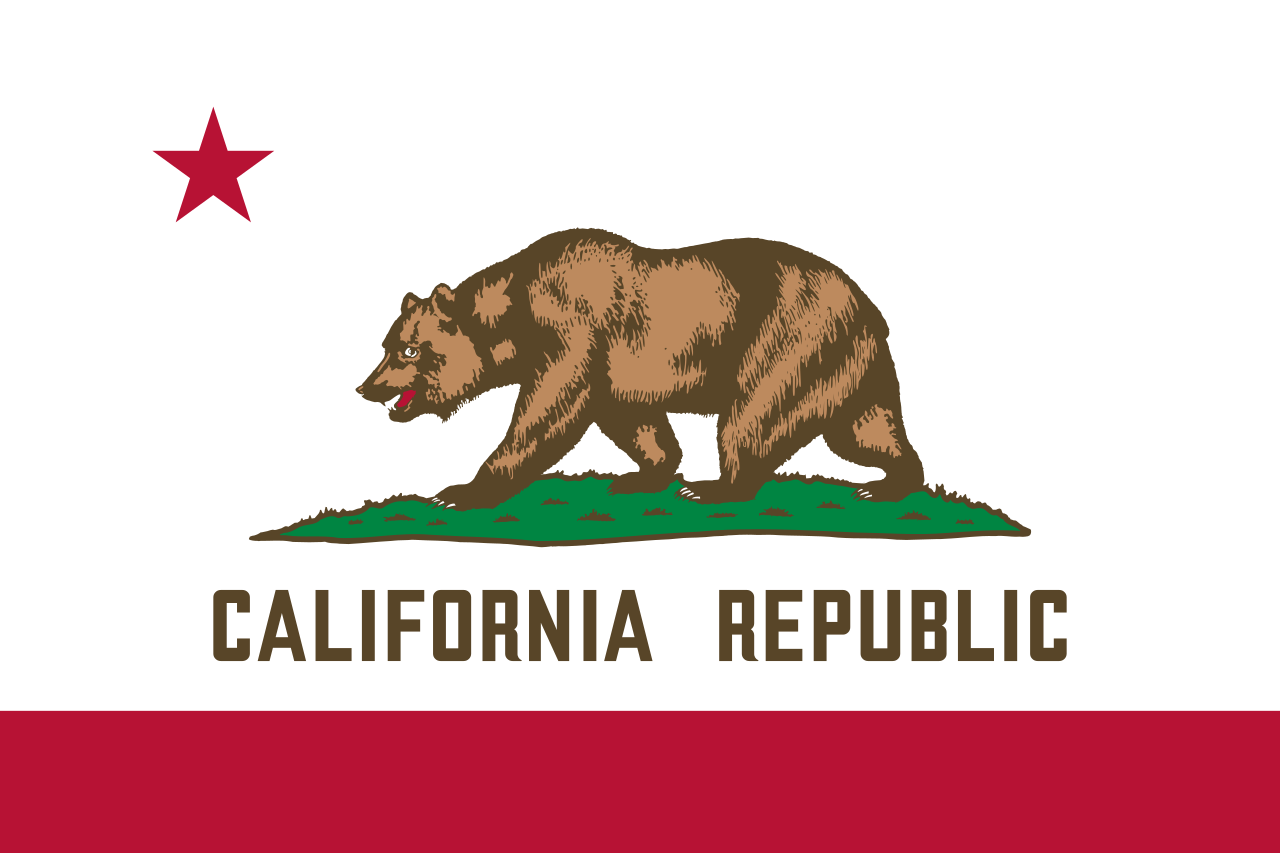 加利福尼亚州
加利福尼亚州

 2026年世界杯足球赛
2026年世界杯足球赛

 财政金融
财政金融
 ***全球金融中心
***全球金融中心

 历史
历史
 公元 2000 - 2100
公元 2000 - 2100

 历史
历史
 公元 1500 - 2000
公元 1500 - 2000

 国际城市
国际城市
 ***全球城市经济竞争力
***全球城市经济竞争力
 英雄联盟
英雄联盟
 英雄联盟全球总决赛
英雄联盟全球总决赛
 夏季奥林匹克运动会
夏季奥林匹克运动会
 美国
美国

 重要港口
重要港口




洛杉矶(英语:City of Los Angeles,缩写为L.A.),简称洛城,是位于美国加利福尼亚州南部的都市,也是洛杉矶县的县治,人口约397万[8],为加州第一大城,同时也是美国人口第二大都市,仅次于纽约市。全市面积为469.1平方英里(1214.9平方公里)。由洛杉矶、长滩、安那翰3市组成的洛杉矶都会区拥有约1331万的人口[9],涵盖范围更广的大洛杉矶地区则达到1870万[10],两者在统计上均次于纽约都会区,为全美国第二大都会区。
洛杉矶在1781年由西属上加利福尼亚总督费利佩·德·内维建立。它曾先后属于西班牙与墨西哥,但在1848年美墨战争结束后,墨西哥将包括洛杉矶在内的上加利福尼亚地区割让给美国。1850年4月4日,洛杉矶正式建市,比加州加入联邦的时间早了5个月。时至今日,洛杉矶已发展成为全世界的文化、科学、技术、体育、国际贸易和高等教育中心之一,还拥有世界知名的各种专业与文化领域的机构。整个大洛杉矶地区在电影、电视、音乐等文化娱乐产业的蓬勃发展,构成了洛杉矶的国际声誉和全球地位的基础。截至2014年,洛杉矶的大都市生产总值达8605亿美元,排名世界第三。
Los Angeles [lɔs ˈændʒələs] (aus dem spanischen Los Ángeles [losˈaŋxeles] ‚Die Engel‘) oder auch kurz L.A., ist die größte Stadt im US-Bundesstaat Kalifornien. Sie liegt am Pazifischen Ozean und am Los Angeles River.
Los Angeles ist mit 3.928.864 Einwohnern (2014)[1] im Stadtgebiet nach New York City und vor Chicago die zweitgrößte Stadt der Vereinigten Staaten.[2] Mit 11,8 Millionen Einwohnern in der Agglomeration[3] sowie über 12,8 Millionen Einwohnern in der Metropolregion (Metropolitan Statistical Area) und knapp 17,8 Millionen in der erweiterten Metropolregion steht die Greater Los Angeles Area unter den größten Metropolregionen der Welt an 17. Stelle.[4] Die Einwohner von Los Angeles werden Angelenos [ændʒəˈlinoʊz] genannt.
Los Angeles ist Hauptstadt und Verwaltungssitz des Los Angeles County. Die Stadt ist das Wirtschafts-, Geschäfts- und Kulturzentrum Kaliforniens mit zahlreichen Universitäten, Hochschulen, Forschungsinstituten, Theatern und Museen. Los Angeles ist weltgrößter Standort für die Flugzeug- und Raumfahrtindustrie und bekannt wegen der dort ansässigen Film- und Fernsehindustrie (Hollywood) und Musikszene.
Die Metropolregion Los Angeles erbrachte 2016 eine Wirtschaftsleistung von 1,001 Billionen US-Dollar. Unter den Städten der Welt belegt es damit den dritten Rang hinter Tokio und New York City.[5]
ロサンゼルス(英語: Los Angeles、スペイン語も同じ)は、アメリカ合衆国カリフォルニア州にある都市。同州最大の都市かつ全米有数の世界都市であり、国内ではニューヨークに次いで人口が多い[1]。
Los Angeles (US: /lɔːs ˈændʒələs/ ( listen);[16][a] Spanish for "The Angels"; Spanish: Los Ángeles; Spanish: [los ˈaŋxeles]; officially the City of Los Angeles, known colloquially by its initials L.A.) is the second-most populous city in the United States, after New York City, and the most populous city in the Western United States. With an estimated population of four million,[17] Los Angeles is the largest and most populous city in the state of California and the cultural, financial, and commercial center of Southern California. Nicknamed the "City of Angels" partly because of its name's Spanish meaning, Los Angeles is known for its Mediterranean climate, ethnic diversity, and sprawling metropolis.
listen);[16][a] Spanish for "The Angels"; Spanish: Los Ángeles; Spanish: [los ˈaŋxeles]; officially the City of Los Angeles, known colloquially by its initials L.A.) is the second-most populous city in the United States, after New York City, and the most populous city in the Western United States. With an estimated population of four million,[17] Los Angeles is the largest and most populous city in the state of California and the cultural, financial, and commercial center of Southern California. Nicknamed the "City of Angels" partly because of its name's Spanish meaning, Los Angeles is known for its Mediterranean climate, ethnic diversity, and sprawling metropolis.
Los Angeles is located in a large basin bounded by the Pacific Ocean on one side and by mountains as high as 10,000 feet (3,000 m) on the others. The city proper, which covers about 469 square miles (1,210 km2),[18] is the seat of Los Angeles County, the most populated county in the country. Los Angeles is the principal city of the Los Angeles metropolitan area; with a population of 13.1 million residents it is the second largest in the United States after that of New York City.[19] It is part of the Los Angeles-Long Beach combined statistical area, also the second most populous in the nation with a 2015 estimated population of 18.7 million.[20]
Los Angeles is one of the most substantial economic engines within the United States, with a diverse economy in a broad range of professional and cultural fields. Los Angeles is also famous as the home of Hollywood, a major center of the world entertainment industry. A global city, it has been ranked 6th in the Global Cities Index and 9th in the Global Economic Power Index. The Los Angeles combined statistical area also has a gross metropolitan product of $831 billion (as of 2008), making it the third-largest in the world, after the Tokyo and New York metropolitan areas. Los Angeles hosted the 1932 and 1984 Summer Olympics and will host the event for a third time in 2028. The city also hosted the Miss Universe pageant twice, in 1990 and 2006.
Historically home to the Chumash and Tongva, Los Angeles was claimed by Juan Rodríguez Cabrillo for Spain in 1542 along with the rest of what would become Alta California. The city was officially founded on September 4, 1781, by Spanish governor Felipe de Neve. It became a part of Mexico in 1821 following the Mexican War of Independence. In 1848, at the end of the Mexican–American War, Los Angeles and the rest of California were purchased as part of the Treaty of Guadalupe Hidalgo, becoming part of the United States. Los Angeles was incorporated as a municipality on April 4, 1850, five months before California achieved statehood. The discovery of oil in the 1890s brought rapid growth to the city.[21] The completion of the Los Angeles Aqueduct in 1913, delivering water from Eastern California, later assured the city's continued rapid growth.
Los Angeles (prononcé en anglais américain [lɑs ˈæn.dʒə.ləs] Écouter)n 1 est la deuxième ville la plus peuplée des États-Unis après New York. Elle est située dans le sud de l'État de Californie, sur la côte pacifique. Les Américains l'appellent souvent par son diminutif, L.A. (prononcé [ˌɛlˈeɪ]). La ville est le siège du comté portant le même nom. Los Angeles signifie « les anges » en espagnol et ses habitants sont appelés Angelenos (quelquefois Angelinos) — les Angelins. Son nom complet est El Pueblo de Nuestra Señora la Reina de Los Ángeles del Río de Porciúncula, c'est-à-dire « le village de Notre-Dame la Reine des Anges du fleuve de Porciuncula », Porciuncula étant le nom donné au fleuve Los Angeles par les Amérindiens2.
Selon une estimation, la population de la commune est de 3 976 322 habitants en 2016, alors qu'elle n'était que de 11 500 en 1887. Le comté rassemble 10 179 716 habitants (en juillet 2004) alors que l'aire urbaine de Los Angeles compte environ 18,5 millions d’habitants3, ce qui en fait la deuxième agglomération des États-Unis après celle de New York. Mais la commune de Los Angeles est relativement restreinte face à son agglomération, même si elle est plus grande que New York et Chicago.
Los Angeles est une ville olympique : elle accueille les Jeux olympiques d'été deux fois (en 1932 et 1984), et les accueillera de nouveau en 2028. Mondialement connue pour son activité culturelle (notamment via la production cinématographique à Hollywood), elle a un statut de ville-région mondiale (world city-region)4 ; cosmopolite, elle demeure l'un des points d'entrée d'immigrants les plus importants aux États-Unis.
Los Angeles (pronuncia inglese [lɒs ˈændʒələs]; pronuncia italiana[4]: [loˈzɛndʒeles] o [loˈzandʒeles]; pronuncia spagnola [los ˈaŋxeles]), spesso abbreviata in L.A., è una città degli Stati Uniti d'America, capoluogo dell'omonima contea, situata nella California meridionale. Con 4 057 875 abitanti (nel 2017[3]), è la città più popolosa della California e la seconda più popolosa degli Stati Uniti d'America dopo New York.
Fondata dagli spagnoli come El Pueblo de Nuestra Señora la Reina de los Ángeles del Rio de la Porciúncula de Asís[5], ovvero "Il villaggio di santa Maria degli Angeli della Porziuncola di Assisi", assurse allo status di città il 9 giugno 1850, cinque mesi prima che la California diventasse il trentesimo Stato dell'Unione.
È un centro economico e scientifico di rilevanza internazionale. È inoltre la capitale mondiale dell'industria cinematografica, ospitata in uno dei sobborghi più famosi della città, Hollywood; a Los Angeles e dintorni risiedono numerosi personaggi del cinema e dello spettacolo americano e internazionale.
Los Ángeles (en inglés: Los Angeles, pronunciado AFI: [lɒs ˈændʒəˌləs]), oficialmente Ciudad de Los Ángeles y de manera abreviada L. A., es la ciudad más poblada del estado estadounidense de California y la segunda ciudad más poblada de Estados Unidos. Tiene, según el censo de 2010, una población de 3 792 621 habitantes.2 Está ubicada en el sur de California y abarca una superficie de 1215 km².
La ciudad es el centro del área estadística metropolitana de Los Ángeles-Long Beach-Santa Ana y del Gran Los Ángeles que, según el censo de 2010, sumaban una población de 13 y 18 millones de personas, respectivamente. Es, por tanto, una de las mayores áreas metropolitanas del mundo3 y la segunda de Estados Unidos.4 La ciudad también es la sede del condado de Los Ángeles, uno de los condados más poblados y étnicamente diversos del país;5 la propia ciudad de Los Ángeles es reconocida como una de las metrópolis más diversas del planeta.6 A sus habitantes les corresponde el gentilicio «angelinos/as».7
Los Ángeles fue fundada el 4 de septiembre de 1781 por el gobernador español Felipe de Neve con el nombre de «El Pueblo de Nuestra Señora la Reina de los Ángeles del Río de Porciúncula».8 En 1821, después de la guerra de independencia de México, la ciudad se integró como parte de México,9 pero en 1848, a consecuencia de la intervención estadounidense en México, Los Ángeles y el resto de la Alta California pasaron a ser parte de los Estados Unidos de América, de acuerdo con lo pactado en el Tratado de Guadalupe Hidalgo.10 La ciudad se incorporó a la Unión como municipio el 4 de abril de 1850, cinco meses antes de que California alcanzara la categoría de estado de los Estados Unidos.11
Los Ángeles es una ciudad global con gran influencia en ámbitos tan diversos como los negocios, el comercio internacional, el entretenimiento, la cultura, los medios de comunicación, la moda, la ciencia, los deportes, la tecnología, la educación, la medicina o la investigación. En la ciudad tienen su sede instituciones de renombre que abarcan diversos campos profesionales y culturales, y es uno de los motores económicos más importantes de Estados Unidos. El área estadística combinada de Los Ángeles sumaba en 2008 un producto regional bruto de 831 000 millones de USD, el tercero más importante del mundo tras Tokio y Nueva York.12 Los Ángeles, dentro de la cual se encuentra Hollywood, es líder mundial en la creación de producciones de televisión, videojuegos, música y cine que triunfan en todo el planeta. Además, la ciudad ha sido sede en dos ocasiones de los Juegos Olímpicos de Verano, en 1932 y en 1984, y lo será por tercera vez en 2028.
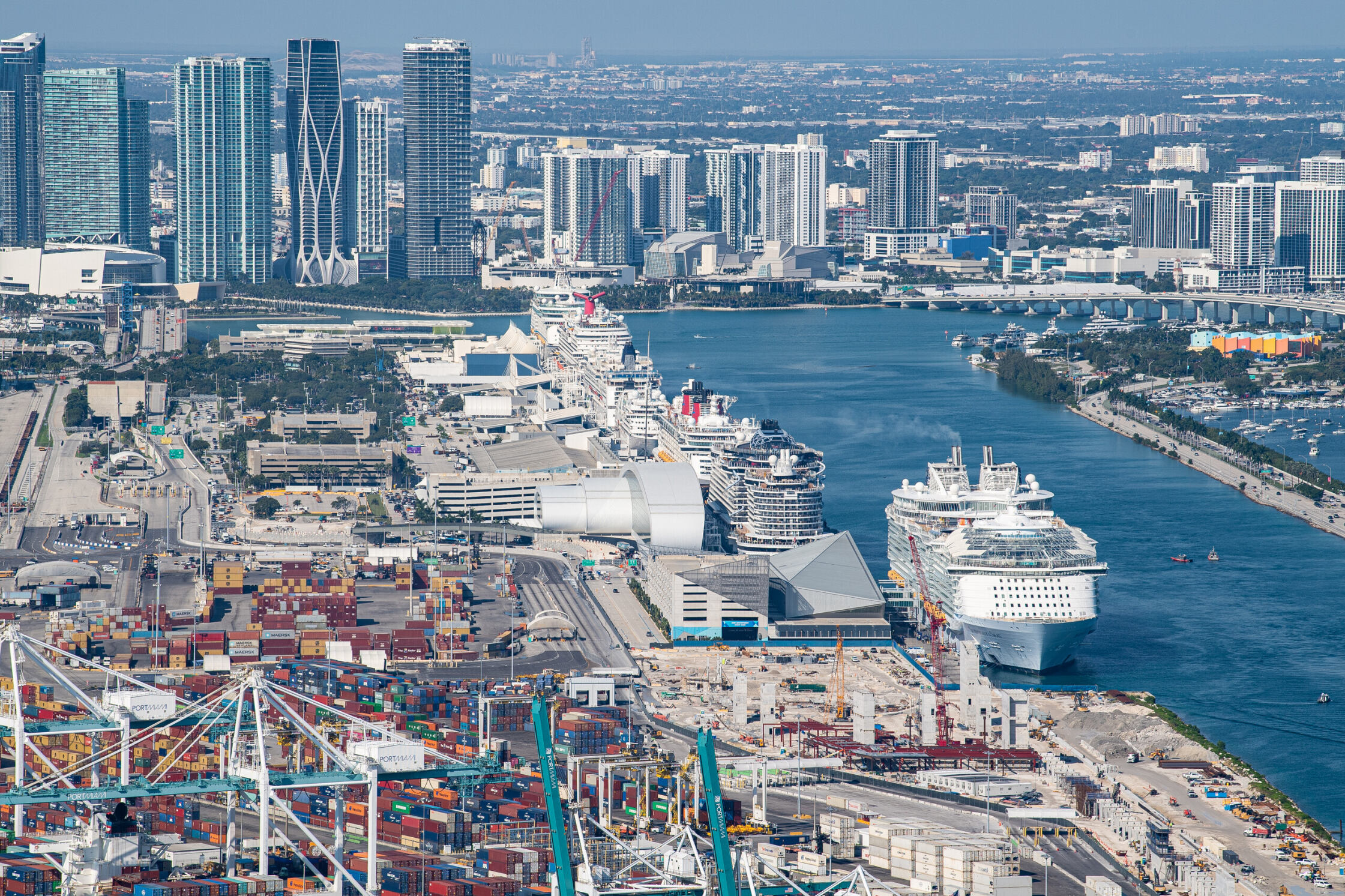


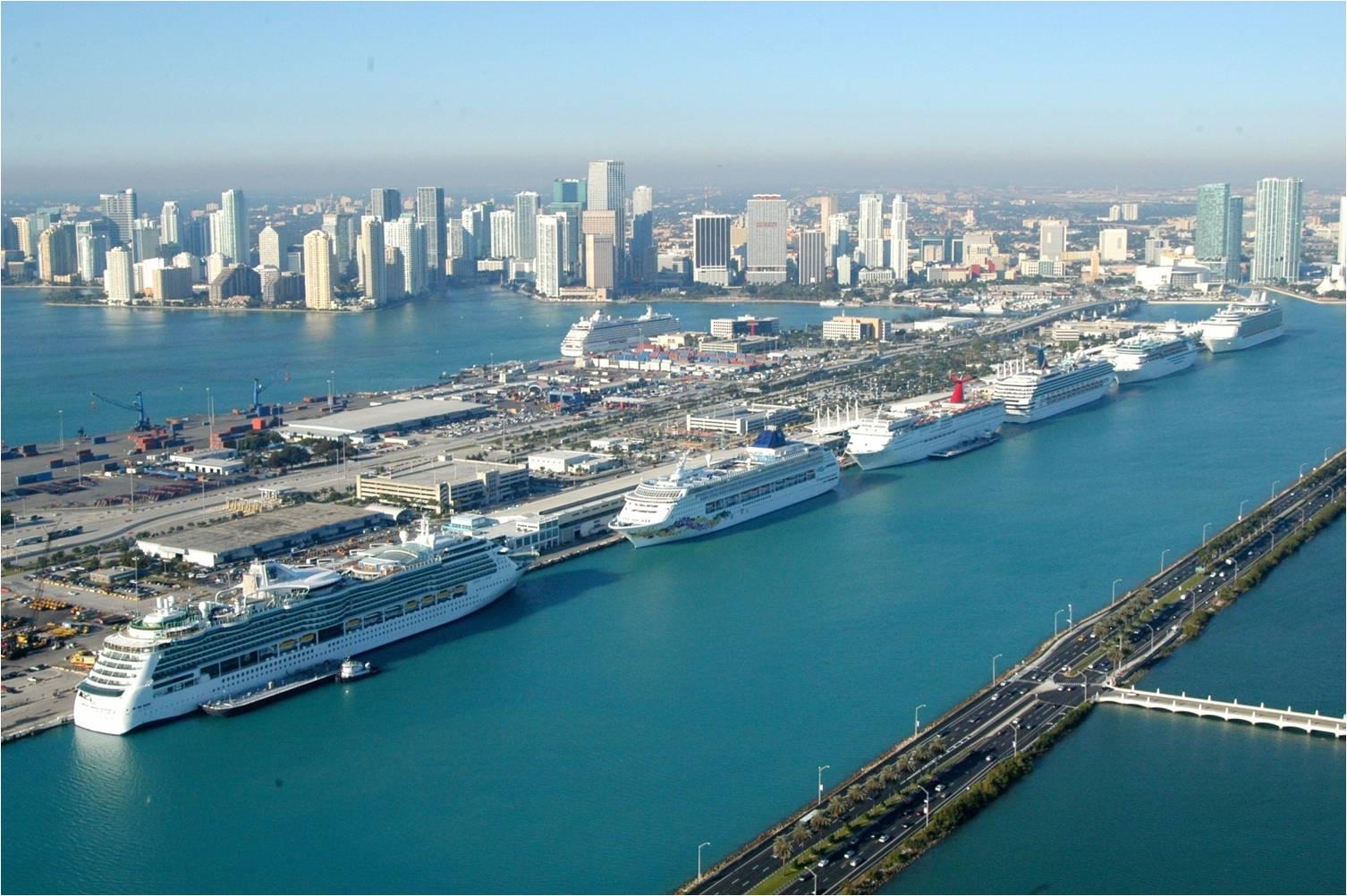
Miami [maɪˈæmɪ] (City of Miami) ist eine Stadt und der Verwaltungssitz des Miami-Dade County im US-Bundesstaat Florida mit 442.241 Einwohnern (Stand: 2020).[1] Das Stadtgebiet hat eine Größe von 143,1 km². Die Stadt ist Teil der Metropolregion Miami mit etwa 6,1 Millionen Einwohnern. Der Name „Miami“ kommt von dem indianischen Wort Mayaimi (großes Wasser), mit dem der Lake Mayaimi (heute Lake Okeechobee) und der dort lebende Indianerstamm Mayaimi bezeichnet wurde. Die Stadt liegt an der Mündung des Miami River in die Biscayne Bay, die ein Teil des Atlantischen Ozeans ist. Nach Jacksonville ist Miami die zweitgrößte Stadt Floridas. Die Mehrheit der Einwohner Miamis spricht Spanisch als Muttersprache.
迈阿密(英语:Miami),又译为迈亚美,位于美国佛罗里达州东南角比斯坎湾、佛罗里达大沼泽地和大西洋之间,是该州仅次于杰克逊维尔的第二大城市,也是迈阿密-戴德县最大的城市和县治所在。迈阿密还是迈阿密都会区中最大的城市,这个都市圈由迈阿密-戴德县、布劳沃德县和棕榈滩县组成,人口超过559万人,是美国东南部最大的都市圈,也是全美第四大都市圈[1]。
迈阿密是国际性的大都市,在金融、商业、媒体、娱乐、艺术和国际贸易等方面拥有重要的地位[2],是许多公司、银行和电视台的总部所在。迈阿密还被认为是文化的大熔炉,受庞大的拉丁美洲族群和加勒比海岛国居民的影响很大(当地居民多使用西班牙语和海地克里奥尔语),与北美洲、南美洲、中美洲以及加勒比海地区在文化和语言上关系密切,因此有时还被称为“美洲的首都”。
2008年,迈阿密因其良好的空气质量、大量的植物被覆盖、清洁的饮用水、干净的街道和全市范围的垃圾回收计划而被《福布斯》评为“美国最干净的城市”[3]。2009年,迈阿密还被瑞士联合银行评为美国最富裕城市和全球第五富裕城市[4]。
迈阿密拥有美国第三高的天际线,全市超过300栋摩天大楼。迈阿密市中心是国际银行在美国集中度最高的地方,不少全国性或国际性的公司亦在这里设有办公室[5][6]。迈阿密港在过去20年都被公认为“世界邮轮之都”[7][8]。

 历史
历史
 公元 1500 - 2000
公元 1500 - 2000

 历史
历史

 历史
历史

 历史
历史
 公元 2000 - 2100
公元 2000 - 2100


 信息时代
信息时代
 超级计算机
超级计算机

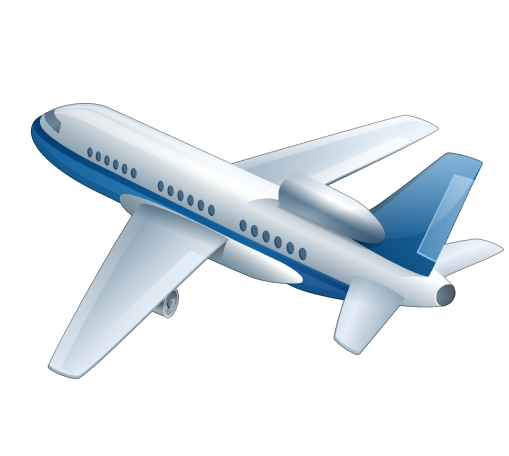
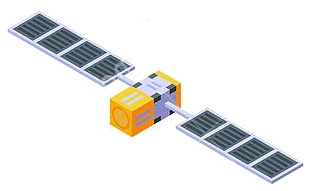
 航空航天
航空航天
 *欧洲航天局
*欧洲航天局



 航空航天
航空航天
 *意大利航天局
*意大利航天局



 航空航天
航空航天
 *法国国家太空研究中心
*法国国家太空研究中心



 航空航天
航空航天
 *德国航空航天中心
*德国航空航天中心



 航空航天
航空航天
 火星探测行动
火星探测行动



 航空航天
航空航天



 航空航天
航空航天
 阿尔忒弥斯计划
阿尔忒弥斯计划
 火星2020
火星2020
 美国
美国

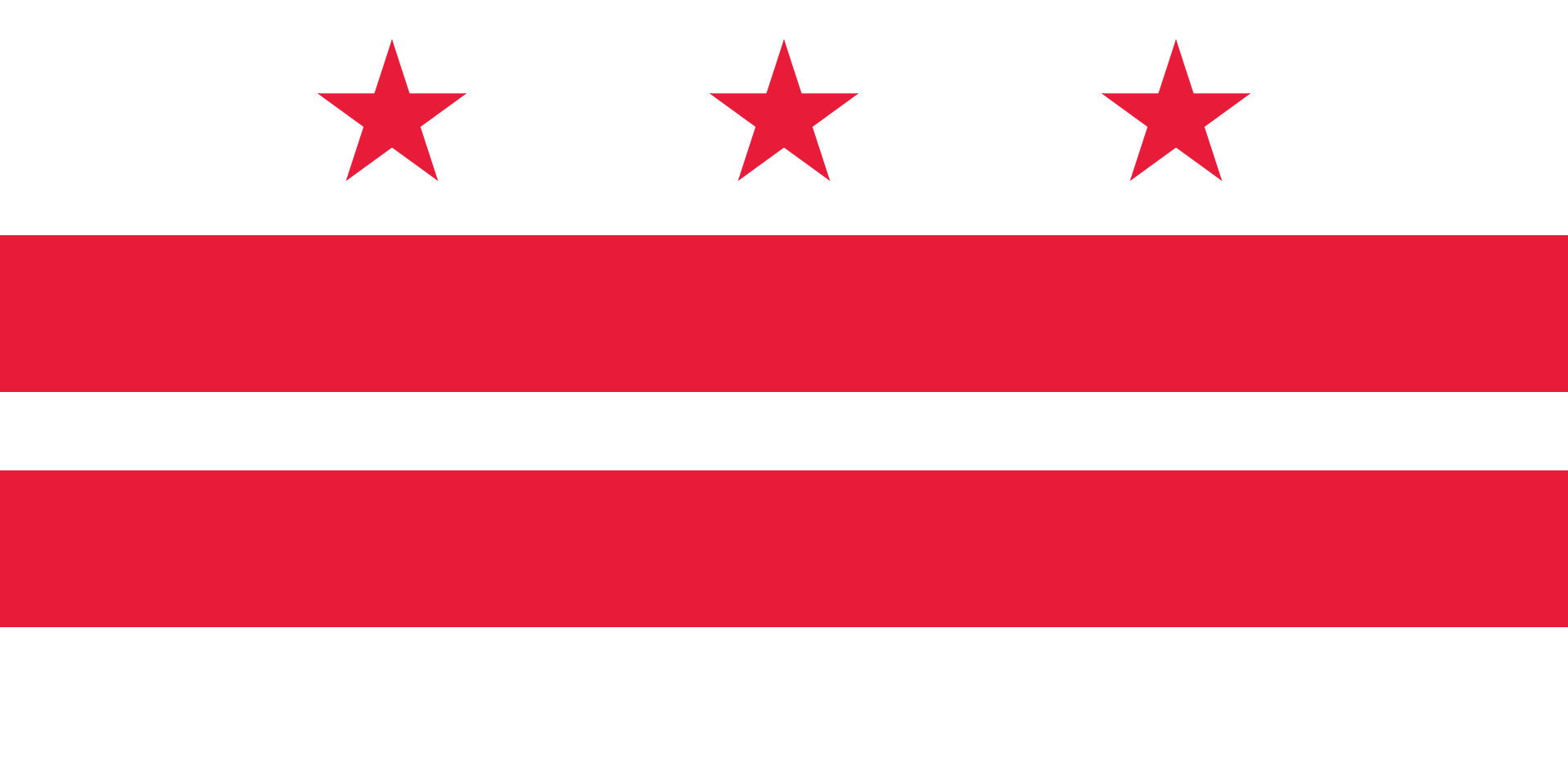 华盛顿哥伦比亚特区
华盛顿哥伦比亚特区

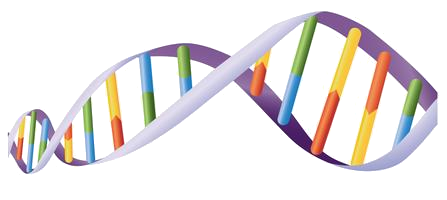 科学技术
科学技术
 *世界著名研究机构
*世界著名研究机构
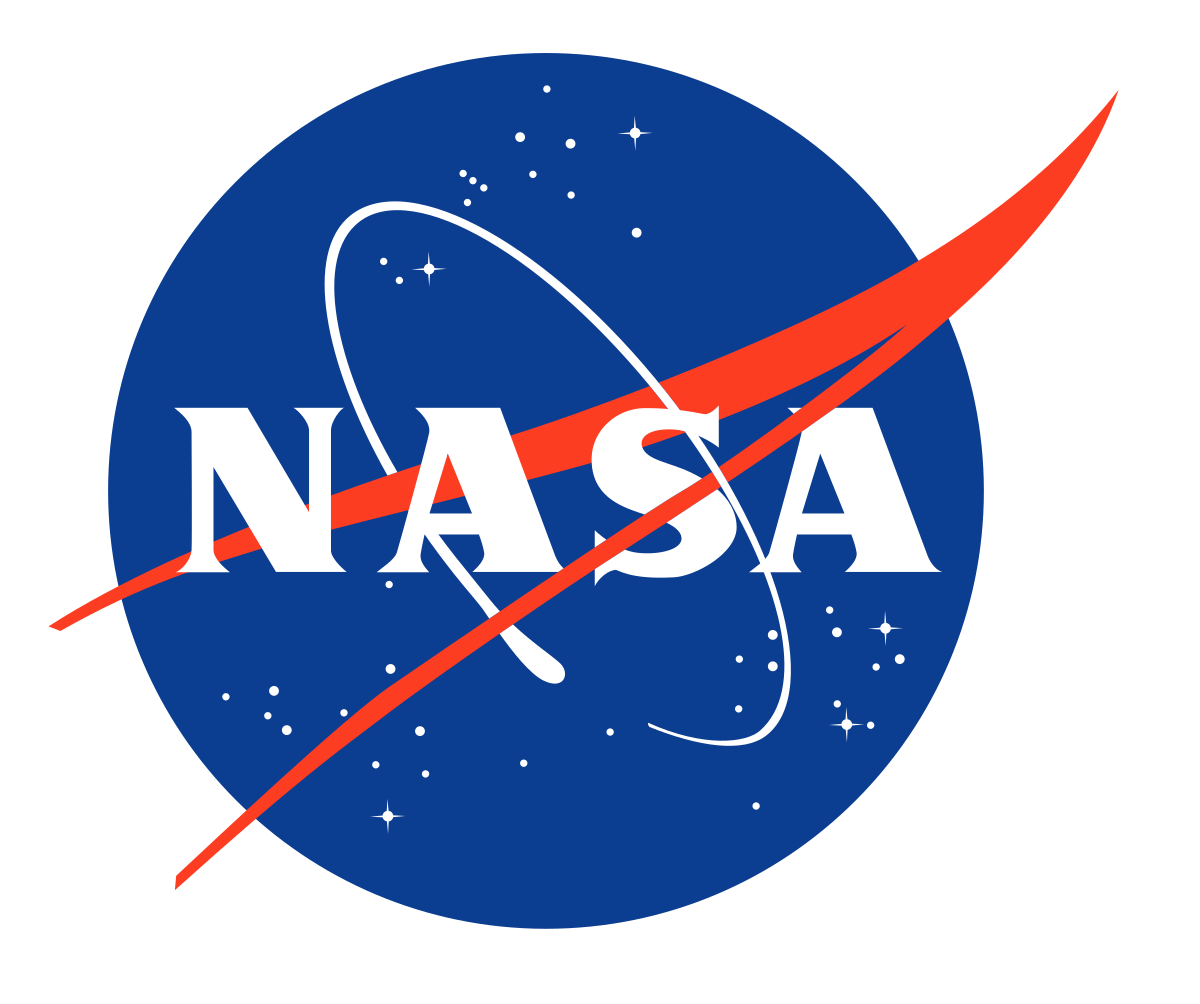
国家航空航天局(英语:National Aeronautics and Space Administration,缩写为NASA,/ˈnæsə/,音译:纳萨)是美国联邦政府的一个独立机构,负责制定、实施美国的民用太空计划、与开展航空科学暨空间科学的研究[备注 1]。
1958年7月29日,美国总统艾森豪威尔签署了《美国国家航空航天法案》,创立了NASA,取代了其前身美国国家航空咨询委员会(NACA),于1958年10月开始运作[5][6][7]。自此,美国宇航局负责了美国的太空探索,例如登月的阿波罗计划,天空实验室,以及随后的航天飞机。自2006年2月,美国国家航空航天局的愿景是“开拓未来的太空探索,科学发现及航空研究”。美国国家航空航天局的使命是“理解并保护我们依赖生存的行星;探索宇宙,找到地球外的生命;启示我们的下一代去探索宇宙”。在太空计划之外,美国国家航空航天局还进行长期的民用以及军用航空航天研究。
美国国家航空航天局被广泛认为是世界范围内太空机构中执牛耳者。美国宇航局透过地球观测系统提升对地球的了解[8],透过太阳科学研究计划精进太阳科学[9]。美国宇航局注重于利用先进的机器人航天器如新视野号任务探索太阳系中的的所有天体[10],并利用大型轨道天文台计划及相关计划研究天体物理学中的主题,例如大爆炸理论[11]。美国宇航局与许多美国国内及国际的组织分享其研究数据。是世界上最大的政府性质航天机构。
Die NASA (englisch [ˈnæsə],[3] deutsch meist [ˈnaːza], englisch National Aeronautics and Space Administration, deutsch Nationale Aeronautik- und Raumfahrtbehörde) ist die 1958 gegründete zivile US-Bundesbehörde für Raumfahrt und Flugwissenschaft. Der Hauptsitz befindet sich in Washington, D.C. (NASA Headquarters, 300 E Street SW).[4] Zugleich ist die NASA eine wichtige geowissenschaftliche Forschungsinstitution und stellt in den USA die meisten Forschungsgelder für klimawissenschaftliche Forschungsarbeiten bereit.
 *田径
*田径
 女子4×100米接力
女子4×100米接力
 *田径
*田径
 女子4x400米接力
女子4x400米接力
 *田径
*田径
 男子4x100米接力
男子4x100米接力
 *田径
*田径
 男子4x400米接力
男子4x400米接力
 *美国总统选举
*美国总统选举
 原子弹
原子弹

 财政金融
财政金融

 财政金融
财政金融
 ***对冲基金
***对冲基金

 地理
地理
 ***IMF发达国家
***IMF发达国家

 地理
地理

 历史
历史
 公元 2000 - 2100
公元 2000 - 2100

 历史
历史
 公元 1500 - 2000
公元 1500 - 2000

 历史
历史
 对冲基金
对冲基金
 对冲基金
对冲基金
 美国
美国
 IMF发达国家
IMF发达国家
 IMF发达国家
IMF发达国家
 第一级
第一级
 世界田径锦标赛
世界田径锦标赛
 2017 London
2017 London
 世界田径锦标赛
世界田径锦标赛
 2015 Beijing
2015 Beijing
 世界田径锦标赛
世界田径锦标赛
 2013 Moskau
2013 Moskau
 世界田径锦标赛
世界田径锦标赛
 2009 Berlin
2009 Berlin
 世界田径锦标赛
世界田径锦标赛
 2007 Osaka
2007 Osaka
 世界田径锦标赛
世界田径锦标赛
 2011 Daegu
2011 Daegu
 世界田径锦标赛
世界田径锦标赛
 2005 Helsinki
2005 Helsinki
 世界田径锦标赛
世界田径锦标赛
 2003 Saint-Denis
2003 Saint-Denis
 世界田径锦标赛
世界田径锦标赛
 1999 Seville
1999 Seville
 世界田径锦标赛
世界田径锦标赛
 1997 Athens
1997 Athens
 世界田径锦标赛
世界田径锦标赛
 1995 Gothenburg
1995 Gothenburg
 世界田径锦标赛
世界田径锦标赛
 1993 Stuttgart
1993 Stuttgart
 世界田径锦标赛
世界田径锦标赛
 1991 Tokyo
1991 Tokyo
 世界田径锦标赛
世界田径锦标赛
 1987 Rome
1987 Rome
 世界田径锦标赛
世界田径锦标赛
 1983 Helsinki
1983 Helsinki

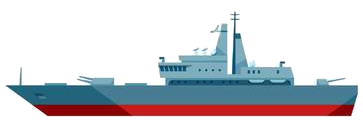
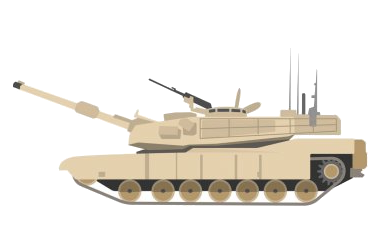

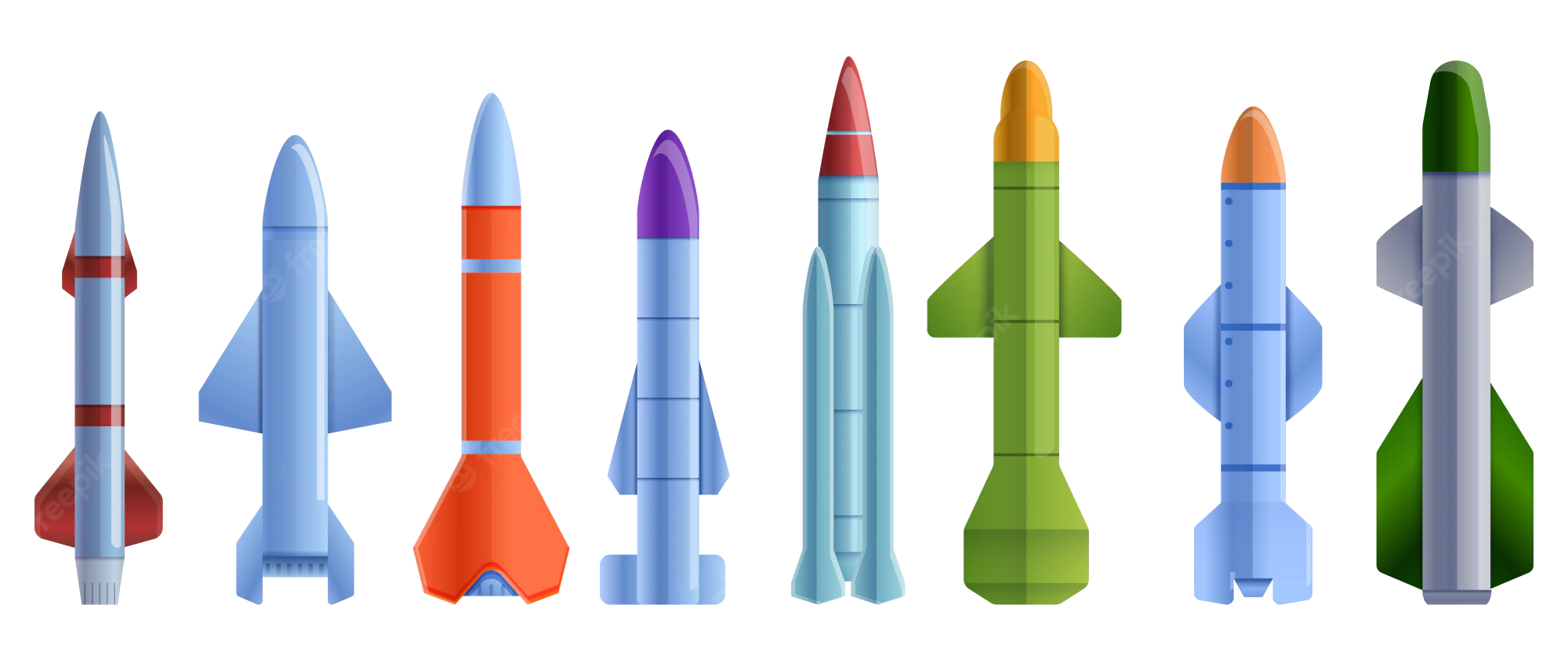 军事、国防和装备
军事、国防和装备
 核武器
核武器




 军事、国防和装备
军事、国防和装备
 §*不扩散核武器条约
§*不扩散核武器条约

 北约会员国
北约会员国

 政党和政府组织
政党和政府组织
 二十个主要工业化国家和新兴国家集团
二十个主要工业化国家和新兴国家集团

 政党和政府组织
政党和政府组织
 七国集团
七国集团
 美国
美国

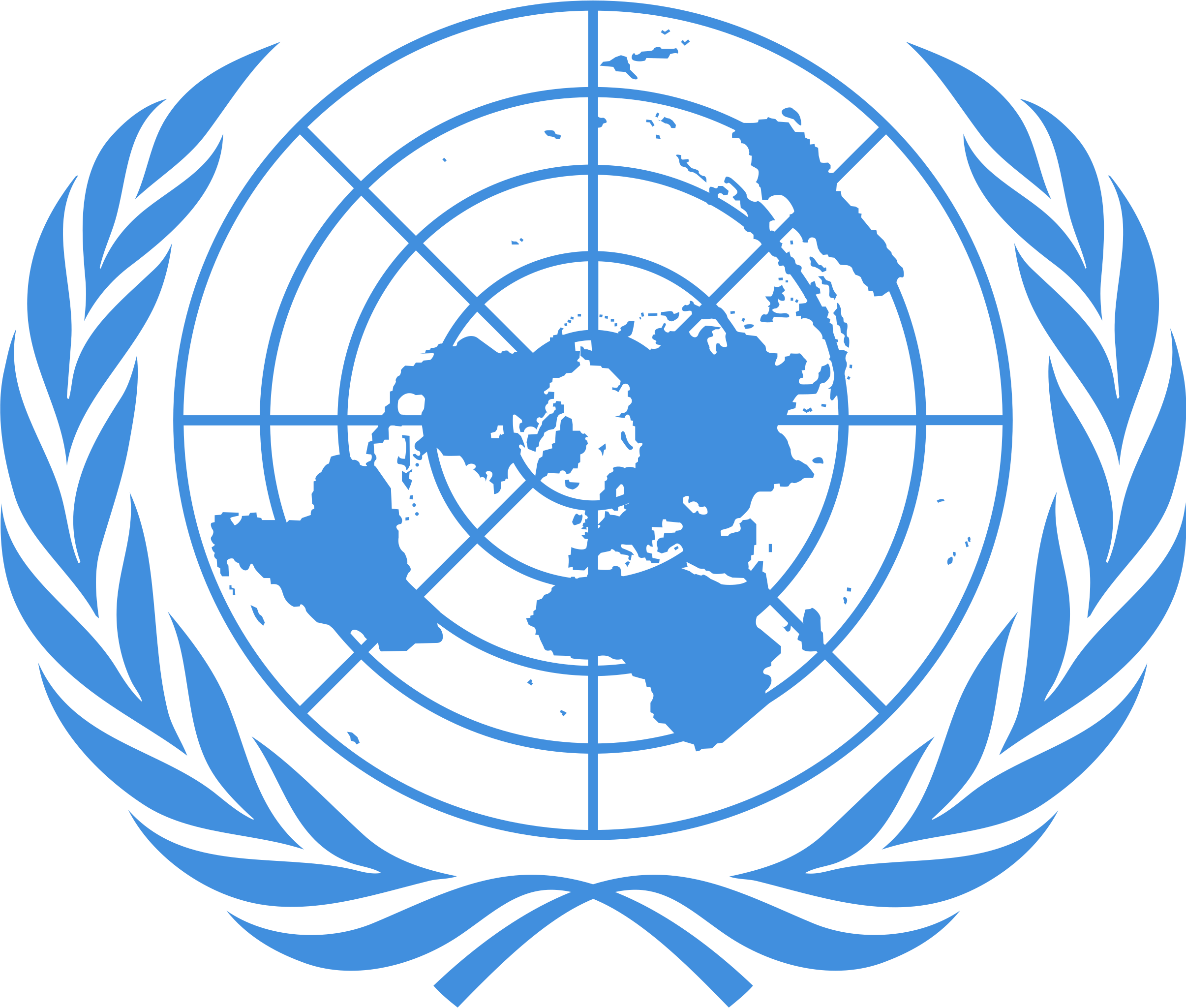 联合国
联合国
 联合国安全理事会常任理事国
联合国安全理事会常任理事国
 氢弹
氢弹

Die Vereinigten Staaten von Amerika (englisch United States of America; abgekürzt USA), kurz auch Vereinigte Staaten (englisch United States, abgekürzt U.S., US) genannt und häufig auch umgangssprachlich verkürzt zu Amerika (englisch America), sind eine föderale Republik. Diese besteht aus 50 Bundesstaaten, einem Bundesdistrikt (der Hauptstadt Washington, D.C.), fünf größeren Territorien und etlichen Inselterritorien. Die 48 zusammenhängenden Continental United States (häufig Lower 48 genannt) sowie Alaska liegen in Nordamerika, während Hawaii und kleinere Außengebiete im Pazifik beziehungsweise in der Karibik liegen. Das Land weist eine sehr hohe geographische und klimatische Diversität mit einer großen Vielfalt an Tier- und Pflanzenarten auf.
Die Vereinigten Staaten von Amerika sind der drittgrößte Staat der Erde, gemessen an der Fläche von 9,83 Millionen Quadratkilometern[3] (nach Russland und Kanada) und gemessen an der Bevölkerung von etwa 328 Millionen Einwohnern (nach China und Indien). Die nach Einwohnerzahl größte Stadt ist New York City, bedeutende Metropolregionen sind Los Angeles, Chicago, Dallas, Houston, Philadelphia, Washington, Miami, Atlanta, Boston und San Francisco, mit jeweils über 5 Millionen Einwohnern. Der Grad der Urbanisierung liegt bei 81,96 Prozent (Stand: 2015).[9]
Bedingt durch die Einwanderung aus einer Vielzahl von Ländern sind die Vereinigten Staaten eines der ethnisch multikulturellsten Länder. Anders als in 32 Bundesstaaten gibt es auf Bundesebene keine gesetzliche Amtssprache, jedoch herrscht Englisch als De-Facto-Amtssprache vor. Im Südwesten sowie in Miami ist zusätzlich die spanische Sprache weit verbreitet. Insgesamt waren 2015 mehr als 350 Sprachen in heimischem Gebrauch, davon allein 150 indigene. Darunter waren als größte die der Yupik in Alaska, der Dakota aus der Sioux-Sprachfamilie sowie die Sprache der Apachen in Gebrauch, dann Keres, die Sprache der Pueblo-Indianer, und Cherokee.[10]
Paläoindianer wanderten vor mehr als 13.000 Jahren aus Asien in das nordamerikanische Festland der heutigen Vereinigten Staaten ein (Buttermilk Creek Complex), nachdem sie mehrere Jahrtausende zuvor das heute zu den USA gehörende Alaska besiedelt hatten. Die europäische Kolonisierung begann etwa um 1600 vorwiegend aus England, allerdings in langwieriger Auseinandersetzung mit Frankreich. Die Vereinigten Staaten gingen aus den 13 Kolonien an der Atlantikküste hervor. Streit zwischen Großbritannien und den amerikanischen Kolonien führte zur Amerikanischen Revolution. Am 4. Juli 1776 verabschiedeten Delegierte der 13 Kolonien die Unabhängigkeitserklärung der Vereinigten Staaten und somit die Gründung der Vereinigten Staaten von Amerika. Der Amerikanische Unabhängigkeitskrieg, der mit der Anerkennung der Unabhängigkeit endete, war der erste erfolgreiche Unabhängigkeitskrieg gegen eine europäische Kolonialmacht. Die heutige Verfassung wurde am 17. September 1787 verabschiedet. Bisher wurden 27 Zusatzartikel ergänzt. Die ersten zehn Zusatzartikel, die gemeinsam als Bill of Rights bezeichnet werden, wurden 1791 ratifiziert und garantieren eine Vielzahl von unveräußerlichen Rechten.
Angetrieben von der Doktrin Manifest Destiny begannen die Vereinigten Staaten eine Expansion über Nordamerika, die sich über das 19. Jahrhundert erstreckte. Dies schloss die gewaltsame Vertreibung indigener indianischer Stämme, den Erwerb neuer Territorien u. a. im Mexikanisch-Amerikanischen Krieg und die Gründung neuer Bundesstaaten ein. Der Amerikanische Bürgerkrieg führte 1865 zum Ende der legalen Sklaverei in den Vereinigten Staaten. Zum Ende des 19. Jahrhunderts erreichten der Staat eine Ausdehnung bis zum Pazifik, ihre Wirtschaft wurde zur größten weltweit. Der Spanisch-Amerikanische Krieg und der Erste Weltkrieg bestätigten die Rolle der Vereinigten Staaten als globale Militärmacht. Aus dem Zweiten Weltkrieg gingen die USA als Supermacht und als erstes Land mit Atomwaffen hervor und wurden eines von fünf ständigen Mitgliedern im Sicherheitsrat der Vereinten Nationen. Nach Ende des Kalten Krieges und dem Zerfall der Sowjetunion sind die USA die einzige verbliebene Supermacht. Sie sind Gründungsmitglied der Vereinten Nationen, der Organisation Amerikanischer Staaten (OAS) und vieler weiterer internationaler Organisationen. Ihr politischer und kultureller Einfluss ist weltweit groß.
Die Vereinigten Staaten sind ein industrialisierter Staat und die größte Volkswirtschaft mit einem Bruttoinlandsprodukt in Höhe von 18,5 Billionen US-Dollar im Jahr 2016, was 25 % der nominellen oder 17 % der kaufkraftbereinigten globalen Wirtschaftsleistung entsprach.[7] Das Land hatte 2016 das achthöchste Pro-Kopf-Einkommen. Laut der Weltbank ist die Einkommensungleichverteilung in den Vereinigten Staaten eine der höchsten unter den OECD-Staaten.[11] Die Wirtschaftsleistung des Landes wird durch den Reichtum an natürlichen Ressourcen, eine gut entwickelte Infrastruktur und eine hohe durchschnittliche Produktivität begünstigt.[12][13] Obwohl die Wirtschaftsstruktur gemeinhin als postindustriell angesehen wird, ist das Land nach wie vor einer der weltgrößten Güterproduzenten.[14] Das Land war 2016 für 36 % der weltweiten Militärausgaben verantwortlich und liegt damit auf Platz 1, gefolgt von China mit 13 % und Russland mit 4,1 %.[15] Der in Folge der Terroranschläge am 11. September 2001 ausgerufene Ausnahmezustand ist seit 2001 in Kraft.[16]
美国是一个高度发达的资本主义国家,其政治、教育、经济、军事、文化、创新等实力领衔全球。作为世界第一军事大国,其高等教育水平和科研技术水平以及航空航天技术方面,也是当之无愧的世界第一,其科研经费投入之大、研究型高校企业之多、科研成果之丰富堪称世界典范。同时,美国还拥有苹果、微软、戴尔、惠普、波音等一系列世界著名企业。
美利坚合众国(英语:United States of America,缩写为 U.S.A.、通称为 United States、缩写为U.S.、或America、The States),中文通称美国,是由其下辖50个州、华盛顿哥伦比亚特区、五个自治领土及外岛共同组成的联邦共和国[注 1]。美国本土48州和联邦特区位于北美洲中部,东临大西洋,西临太平洋,北面是加拿大,南部和墨西哥及墨西哥湾接壤,本土位于温带、副热带地区。阿拉斯加州位于北美大陆西北方,东部为加拿大,西隔白令海峡和俄罗斯相望;夏威夷州则是太平洋中部的群岛。美国在加勒比海和太平洋还拥有多处境外领土和岛屿地区。此外,美国还在全球140多个国家和地区拥有着374个海外军事基地。
美国拥有982万平方公里国土面积,位居世界第三(依陆地面积定义为第四大国);同时拥有接近超过3.3亿人口,为世界第三人口大国。因为有着来自世界各地的大量移民,它是世界上民族和文化最多元的国家之一[14]。美国地形与气候复杂多样,是多种野生动物的家园[15]。
一万五千多年前,古印第安人自亚洲迁徙至北美大陆[16]。16世纪欧洲开始殖民北美。现今的合众国起始于东海岸的13个英属美洲殖民地。欧洲七年战争后,大不列颠王国与其殖民地之间的争议愈发剧烈,最终导致在1775年爆发美国革命。1776年7月4日,正与大不列颠进行独立战争的各殖民地派出代表,协同一致发表《独立宣言》。战争终止于1783年,大不列颠王国承认这13个北美殖民地脱离管辖而独立,与其签订《巴黎条约》。这场战争也是第一场成功脱离欧洲殖民帝国的独立战争[17]。1781年,《邦联条例》在邦联13个构成州获得通过,共同组成了邦联议会。1787年《美利坚合众国宪法》完稿,将“美利坚合众国”改制为联邦体制,联邦政府随之成立。1791年,合称为权利法案的十条宪法修正案获得批准,担保了基本民权。
美国自19世纪开始在北美通过强行移置原住民,征服及购买等方法大力扩张领土,随着逐渐不断地承认扩张领地为新州份,至1848年美国疆域已横跨整个北美大陆[18]。19世纪下半叶爆发的内战,使曾经合法的奴隶制度得以终结[19][20]。在19世纪末,美国已将其领土延伸到太平洋的夏威夷。美国经济在工业革命的推动下,自那时起也开始蓬勃发展[21]。随后美西战争的胜利,使美国势力进入加勒比海地区及太平洋西部;而参与第一次世界大战则奠定其作为一个全球性军事力量的地位。尽管在1930年代经历经济大萧条,美国在第二次世界大战获得胜利之后崛起成为超级大国。作为联合国安全理事会常任理事国,美国是世界上第一个研发出核武器,也是唯一一个曾将其投入实战的国家。战后美国与苏联进行了数十年冷战,顶峰时期的太空竞赛促使了人类第一次登月计划的成功。在1991年苏联解体后,美国成为世上唯一超级强国[22]。
美国作为一个高度发达国家,是世界上最大的进口国及第二大的商品出口国,国内生产总值按国际汇率排名世界第一、而依购买力平均则位列第二。在国民平均薪资[23]、人类发展指数、人均国内生产总值以及人均生产力[24]等社会经济学表现指标上,美国均处于世界领先地位。美国经济已步入后工业时代,服务行业占据经济主导地位,位列世界第一。同时,其生产制造业规模也极为庞大,位居于世界第二[25]。仅占据全世界4.4%人口的美国[26],贡献了世界四分之一的国内生产总值和三分之一的全球军事开支[27],这使其在经济和军事上均处于全世界最重要的地位。美国在政治和文化上是一支世界显著并影响深远的力量,也在科学研究和技术创新上占据世界领导地位[28]。美国是联合国、世界银行、国际货币基金组织、美洲国家组织等的创始成员国。
アメリカ合衆国(アメリカがっしゅうこく、英語: United States of America)、通称アメリカ、米国(べいこく)は、50の州および連邦区から成る連邦共和国である[6][7]。
アメリカ本土の48州および同国首都ワシントンD.C.(コロンビア特別区)は、カナダとメキシコの間の北アメリカ中央に位置する。
アラスカ州は北アメリカ北西部の角に位置し、東ではカナダと、西ではベーリング海峡をはさんでロシアと国境を接している。ハワイ州は中部太平洋における島嶼群である。
同国は、太平洋およびカリブに5つの有人の海外領土および9つの無人の海外領土を有する。985万平方キロメートル (km2) の総面積は世界第3位または第4位、3億1千7百万人の人口は世界第3位である。
同国は世界で最も民族的に多様かつ多文化な国の1つであり、これは多数の国からの大規模な移住の産物とされている[8]。
また同国の広大な国土における地理および気候も極めて多様であり、多種多様な野生生物が存在する。
米国は先進国かつ世界最大級の国民経済を有する[9]。同国経済は、豊富な天然資源と高度な労働者の生産性により支えられている[10]。同国経済は脱工業化社会だとされている一方、世界最大の製造国のうちの1つであり続けている[11]。同国は世界の軍事支出の37%を占め[12]、世界最高位の経済・軍事大国であり、多大な影響を及ぼす政治・文化的勢力であり、科学研究・技術革新におけるリーダー的存在とされている[13]。
The United States of America (USA), commonly known as the United States (U.S. or US) or America, is a country composed of 50 states, a federal district, five major self-governing territories, and various possessions.[f] At 3.8 million square miles (9.8 million km2), the United States is the world's third or fourth largest country by total area[g] and is slightly smaller than the entire continent of Europe's 3.9 million square miles (10.1 million km2). With a population of over 327 million people, the U.S. is the third most populous country. The capital is Washington, D.C., and the largest city by population is New York. Forty-eight states and the capital's federal district are contiguous in North America between Canada and Mexico. The State of Alaska is in the northwest corner of North America, bordered by Canada to the east and across the Bering Strait from Russia to the west. The State of Hawaii is an archipelago in the mid-Pacific Ocean. The U.S. territories are scattered about the Pacific Ocean and the Caribbean Sea, stretching across nine official time zones. The extremely diverse geography, climate, and wildlife of the United States make it one of the world's 17 megadiverse countries.[19]
Paleo-Indians migrated from Siberia to the North American mainland at least 12,000 years ago.[20] European colonization began in the 16th century. The United States emerged from the thirteen British colonies established along the East Coast. Numerous disputes between Great Britain and the colonies following the French and Indian War led to the American Revolution, which began in 1775, and the subsequent Declaration of Independence in 1776. The war ended in 1783 with the United States becoming the first country to gain independence from a European power.[21] The current constitution was adopted in 1788, with the first ten amendments, collectively named the Bill of Rights, being ratified in 1791 to guarantee many fundamental civil liberties. The United States embarked on a vigorous expansion across North America throughout the 19th century, acquiring new territories,[22] displacing Native American tribes, and gradually admitting new states until it spanned the continent by 1848.[22]
During the second half of the 19th century, the Civil War led to the abolition of slavery.[23][24] By the end of the century, the United States had extended into the Pacific Ocean,[25] and its economy, driven in large part by the Industrial Revolution, began to soar.[26] The Spanish–American War and World War I confirmed the country's status as a global military power. The United States emerged from World War II as a global superpower, the first country to develop nuclear weapons, the only country to use them in warfare, and a permanent member of the United Nations Security Council. During the Cold War, the United States and the Soviet Union competed in the Space Race, culminating with the 1969 Moon landing. The end of the Cold War and the collapse of the Soviet Union in 1991 left the United States as the world's sole superpower.[27]
The United States is the world's oldest surviving federation. It is a federal republic and a representative democracy. The United States is a founding member of the United Nations, World Bank, International Monetary Fund, Organization of American States (OAS), and other international organizations. The United States is a highly developed country, with the world's largest economy by nominal GDP and second-largest economy by PPP, accounting for approximately a quarter of global GDP.[28] The U.S. economy is largely post-industrial, characterized by the dominance of services and knowledge-based activities, although the manufacturing sector remains the second-largest in the world.[29] The United States is the world's largest importer and the second largest exporter of goods, by value.[30][31] Although its population is only 4.3% of the world total,[32] the U.S. holds 31% of the total wealth in the world, the largest share of global wealth concentrated in a single country.[33]
Despite wide income and wealth disparities, the United States continues to rank very high in measures of socioeconomic performance, including average wage, human development, per capita GDP, and worker productivity.[34][35] The United States is the foremost military power in the world, making up a third of global military spending,[36] and is a leading political, cultural, and scientific force internationally.[37]
Les États-Unis, en forme longue les États-Unis d'Amérique4 (en anglais : United States et United States of America, également connus sous les abréviations US et USA), sont un pays transcontinental dont l'essentiel du territoire se situe en Amérique du Nord. Les États-Unis ont la structure politique d'une république constitutionnelle fédérale à régime présidentiel composée de cinquante États, dont quarante-huit sont adjacents et forment le Mainland. Celui-ci est encadré par l'océan Atlantique à l'est et l'océan Pacifique à l'ouest, et se trouve bordé au nord par le Canada et au sud par le Mexique. Les deux États non limitrophes sont l'Alaska, situé à l'ouest du Canada, et Hawaï, un archipel situé au milieu de l'océan Pacifique-nord. De plus, le pays comprend quatorze territoires insulaires disséminés dans la mer des Caraïbes et le Pacifique. La géographie et le climat du pays sont extrêmement diversifiés, abritant une grande variét
 联邦德国
联邦德国
 欧洲流行歌曲大赛
欧洲流行歌曲大赛
 2006年世界杯足球赛
2006年世界杯足球赛

 财政金融
财政金融
 ***全球金融中心
***全球金融中心

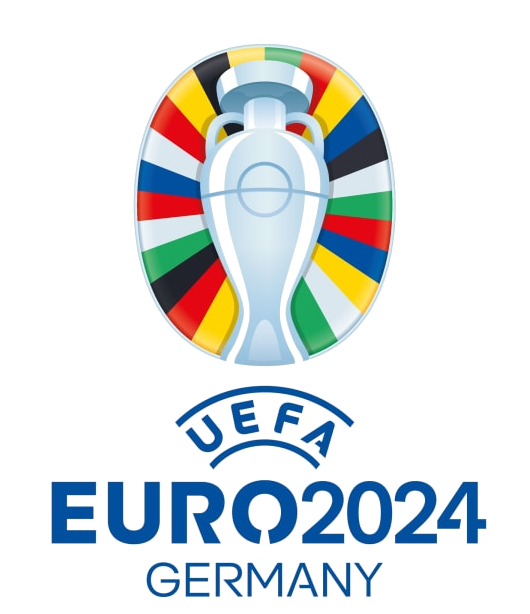 欧洲足球锦标赛 2024
欧洲足球锦标赛 2024
 2011年女子世界杯足球
2011年女子世界杯足球

 地理
地理

 地理
地理
 *全球最宜居城市
*全球最宜居城市

 历史
历史
 公元 2000 - 2100
公元 2000 - 2100

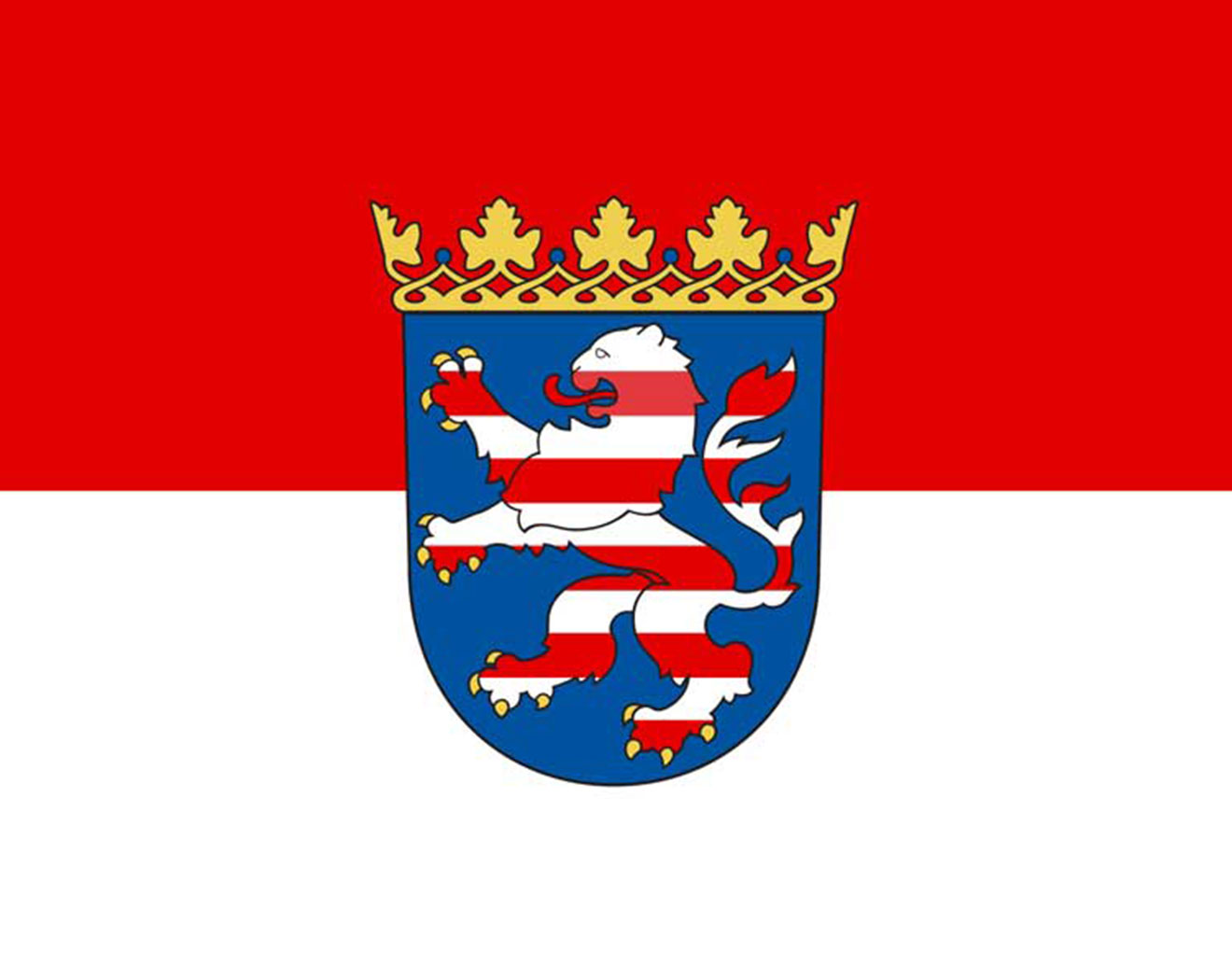 黑森州
黑森州
 德国的盐道
德国的盐道
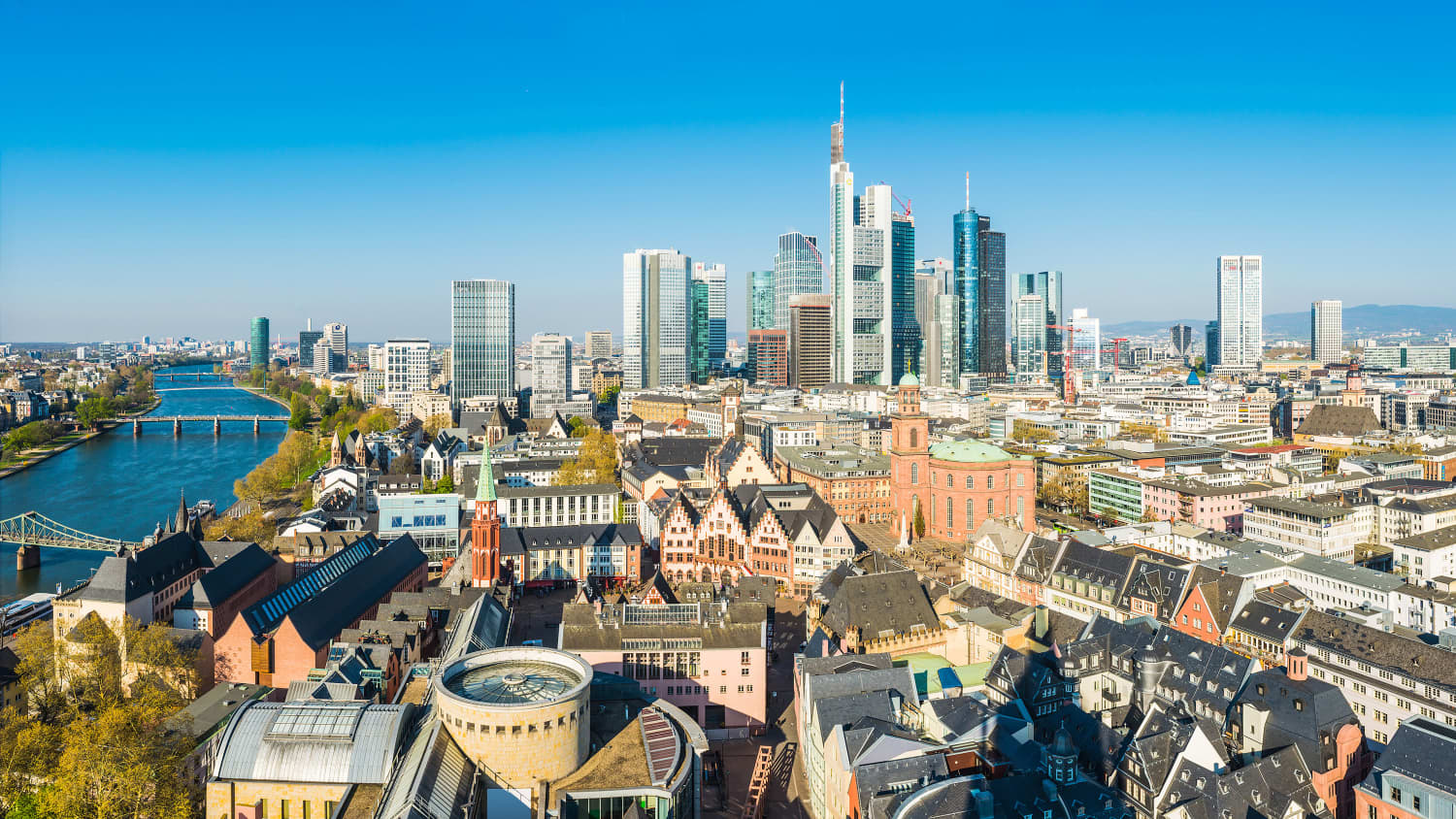
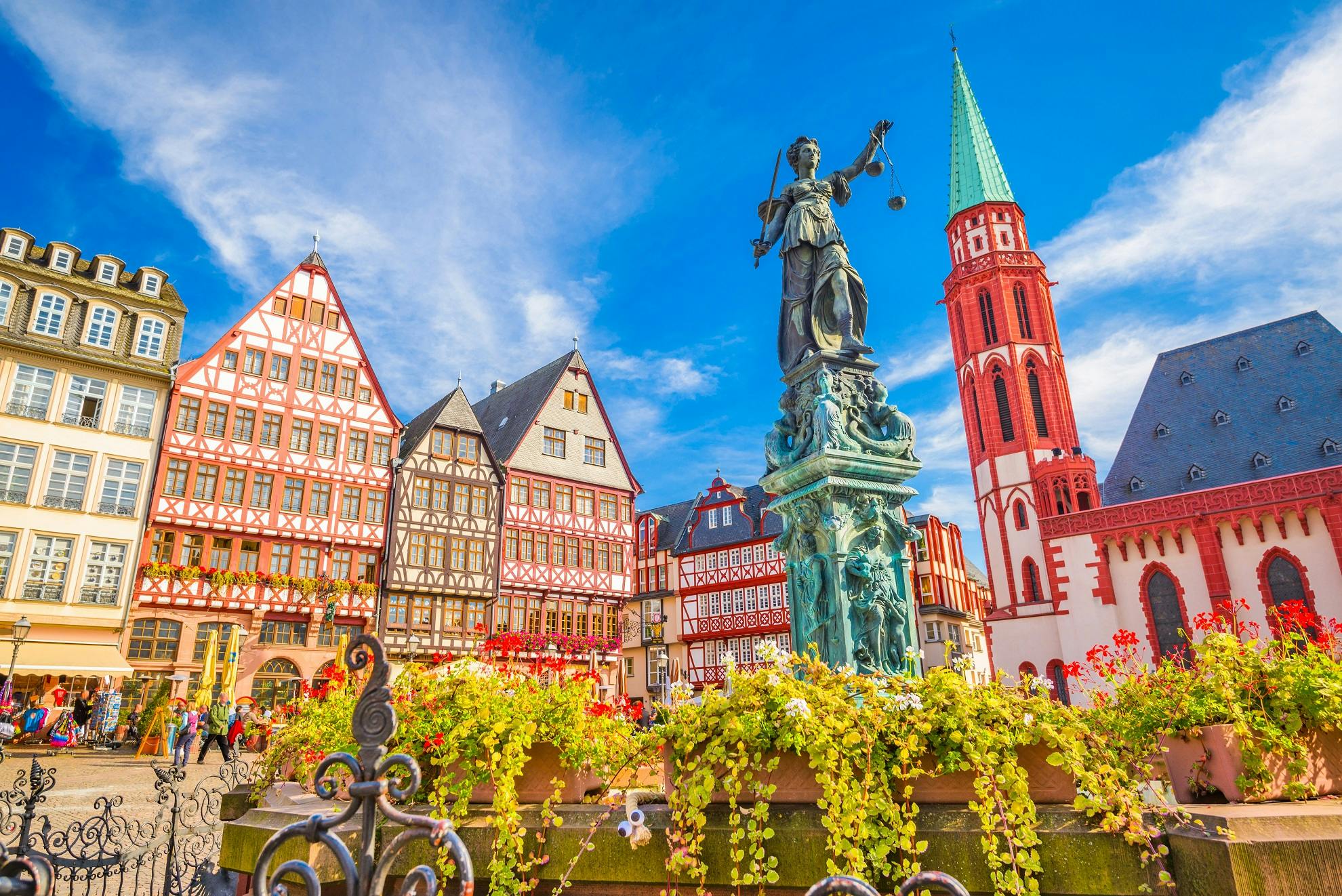
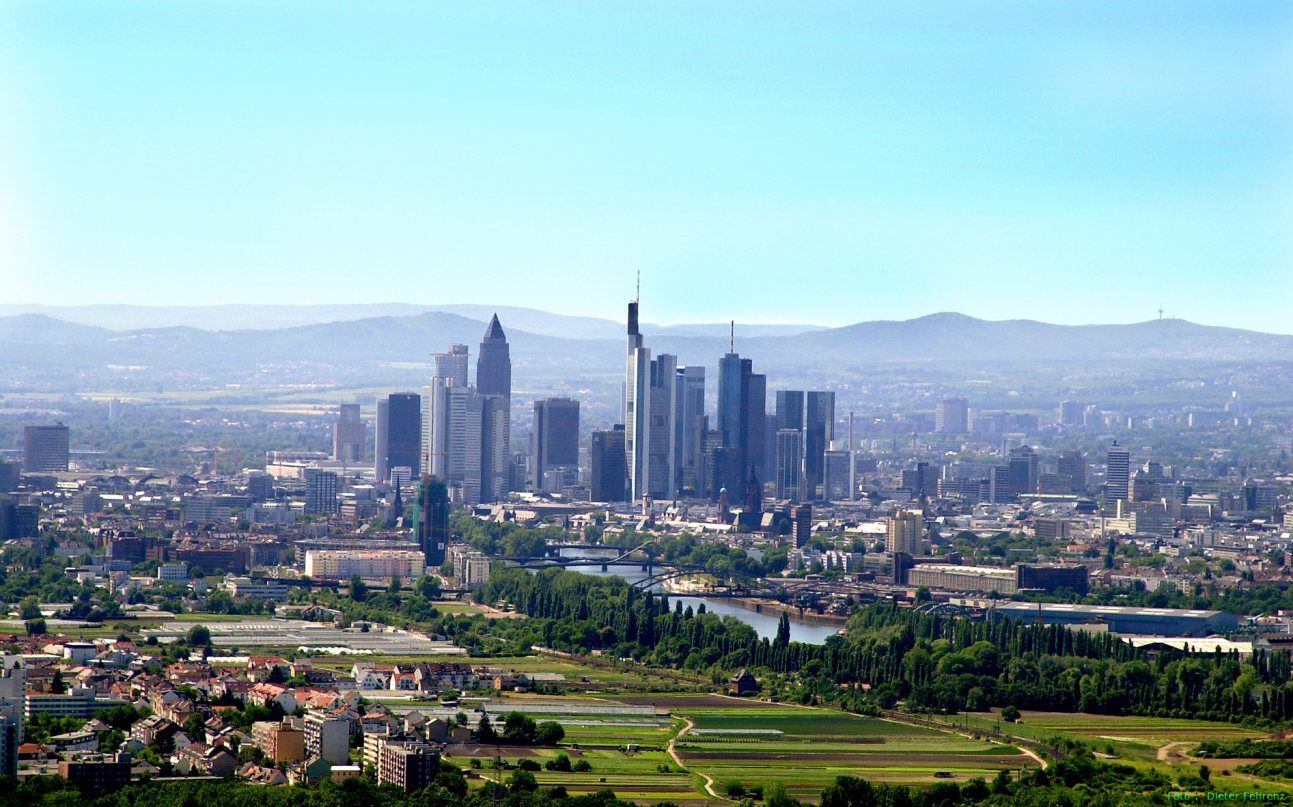
Frankfurt am Main ist mit etwa 736.000 Einwohnern die größte Stadt Hessens und die fünftgrößte Deutschlands. Sie ist kreisfrei und bildet das Zentrum des Ballungsraums Frankfurt mit etwa 2,5 Millionen[2] Einwohnern (mit Offenbach, Hanau und dem Vortaunus). In der gesamten Metropolregion Rhein-Main leben etwa 5,5 Millionen Menschen.
Seit dem Mittelalter gehört Frankfurt am Main zu den bedeutenden städtischen Zentren Deutschlands. Im Jahr 794 erstmals urkundlich erwähnt, war es seit 1372 Freie Reichsstadt und bis 1806 Wahl-, seit 1562 auch Krönungsstadt der römisch-deutschen Kaiser. Der Krönungsweg führte vom Römerberg über den Markt zum Kaiserdom. Von 1815 an war Frankfurt am Main Freie Stadt. Hier tagten die Bundesversammlung des Deutschen Bundes und 1848/49 in der Paulskirche mit der Nationalversammlung das erste deutsche Parlament. Nach dem Deutschen Krieg wurde der zuvor fast 500 Jahre unabhängige Stadtstaat Frankfurt 1866 Bestandteil von Preußen. Durch die rasche Industrialisierung setzte ein Bevölkerungsschub ein. Seit 1875 zählte die Stadt über 100.000 Einwohner, seit 1928 mehr als 500.000, im Jahr 2013 erstmals über 700.000. Als Zeichen der Verpflichtung zur europäischen Einigung nennt sich Frankfurt seit 1998 Europastadt.[3]
Heute ist Frankfurt einer der wichtigsten internationalen Finanzplätze, bedeutendes Industrie-, Dienstleistungs- und Messezentrum und zählt zu den Weltstädten.[4] Frankfurt am Main ist Sitz der Europäischen Zentralbank, der Deutschen Bundesbank, der Frankfurter Wertpapierbörse, zahlreicher Finanzinstitute (darunter Deutsche Bank, Commerzbank, DZ Bank, KfW), der Aufsichtsbehörden BaFin und EIOPA und der Messe Frankfurt. Die Internationale Automobil-Ausstellung, die Frankfurter Buchmesse und die Musikmesse gelten als Weltleitmessen ihrer Sparten. Die Stadt ist zudem Sitz der Sportverbände Deutscher Olympischer Sportbund, Deutscher Fußball-Bund und Deutscher Motor Sport Bund.
Dank seiner zentralen Lage ist Frankfurt am Main ein europäischer Verkehrsknotenpunkt. Der Flughafen gehört zu den größten der Welt, der Hauptbahnhof ist ein zentraler Bahnknotenpunkt und das Frankfurter Kreuz der meistbefahrene Straßenknotenpunkt Deutschlands. Darüber hinaus ist der DE-CIX in Frankfurt, gemessen am Durchsatz, der weltweit größte Internet-Knoten.
Eine Besonderheit für eine europäische Stadt ist die stetig wachsende Hochhaus-Skyline Frankfurts. Wegen der Ballung von Hochhäusern, die zu den höchsten Europas gehören, wird Frankfurt am Main mitunter als Mainhattan bezeichnet. Historische Wahrzeichen der Stadt sind das rekonstruierte Ensemble der Altstadt mit Römerberg samt Rathaus Römer, Dom-Römer-Areal und der Kaiserdom. Mehr als 40 Prozent des Stadtgebiets sind Parks und Landschaftsschutzgebiete, darunter der Frankfurter Grüngürtel mit dem seit 1372 im Besitz der Stadt befindlichen Frankfurter Stadtwald.
Das kulturelle Leben der Stadt ist wesentlich von bürgerlichen Stiftungen, Mäzenatentum und liberalen Privateninitiativen geprägt. Dazu gehören die Städtischen Bühnen mit den beiden Sparten Oper Frankfurt und Schauspiel Frankfurt, das Frankfurter Museumsufer, das Senckenberg Naturmuseum, die Schirn Kunsthalle und das Museum für Moderne Kunst, das Historische Museum und Goethes Geburtshaus in der Altstadt, die Alte Oper, das English Theatre, der Zoo und der Palmengarten. Die 1914 durch eine Bürgerstiftung als Königliche Universität gegründete Goethe-Universität ist die viertgrößte deutsche Hochschule nach Anzahl der Studenten. Sie brachte mehrere Leibniz- und Nobelpreisträger hervor. Darüber hinaus gibt es in der Stadt sieben weitere staatliche, kirchliche und private Hochschulen mit zusammen über 60.000 Studenten.
法兰克福的历史可以上溯到公元前后,那时莱茵河和多瑙河是罗马帝国的北方边界,但两河并不相连,其间无险可守,因此罗马人修筑了连接两河的长城。这座长城连绵数百里,从法兰克福附近经过。于是人们在这里设置了驻军营地,这一带成为边境要塞。随着罗马帝国的崩溃,这时军营圯毁,日渐荒芜,几乎被人遗忘,直到8世纪才再度兴起。传说,一天拂晓,漫天大雾,查理大帝打了败仗,逃到美因河边,找不到向导,无法渡河。危急之中看见一只母鹿,朝水边走来,他注意看那鹿,果然,这只鹿涉水过河了,大军也随之过河,转危为安。为了纪念这件事,查理大帝下令在当地建筑一座城市,取名法兰克福,意思是法兰克人(日耳曼民族中的一支)的渡口。公元794年法兰克福作为查理大帝的行都首次载入史册。此后法兰克福一直是德意志的重要政治舞台,目睹了多少大事件大庆典。神圣罗马帝国时期,皇帝由势力雄厚的诸侯即选帝侯选举。1152年,选帝侯们首次在法兰克福聚会,选聘书巴巴罗萨即红胡子一世为帝。 1356年卡尔四世颁布金牛诏书,正式规定,选皇帝在法兰克福举行。从1562年起,法兰克福又取代亚琛,成为皇帝加冕大曲举行地,前后有10位皇帝在这里加冕,登上皇帝宝座。神圣罗马帝国于1806年正式告终,从1816年到1866年,法兰克福又成为德意志邦联议会所在地。1848年在席卷欧洲大陆的革命风暴中,德意志各邦组成德意志国民议会,在法兰克福举行会议讨论德意志的统一问题,是为德国统一前奏。1866年法兰克福并入普鲁士,结束了从 1372年以来的帝国自由市的自治地位。法兰克福一直是一个繁荣的商业城市,德国统一后,这里工业迅速发展,化学工业尤为突出。德国三大化学工业公司之一的赫希斯特(Hoechst AG)公司就是在法兰克福起家的。1914年法兰克福又创办了约翰。沃尔夫冈·歌德大学(现已发展到3.7万多学生)。第二次世界大战中,33次大轰炸摧毁了法兰克福80%的建筑,留下1700万吨垃圾。千年古城,变为一片废墟。战后法兰克福迅速重建,发展惊人,令人咋舌,今天除化学、电子、机械工业外,第三产业如交通、金融、博览事业更是蓬勃发展,市区一改旧观,高楼林立,法兰克福一跃成为国际知名的大都市。 (Quelle:http://www.youer.com/)
法兰克福(德语:Frankfurt),正式全名为美因河畔法兰克福[1](Frankfurt am Main),是德国中西部黑森州的第一大城市,也是德国第五大城。城区拥有73万2688人[2],如合并周边城镇计算则约有230万人。整个法兰克福-莱茵河-美茵河都会区约有五百万人口,为仅次于莱茵-鲁尔的德国第二大都会区。法兰克福是一个民族文化多元化的城市,一半以上的人口有着移民背景,而四分之一的人口为外国公民。
自中世纪起,法兰克福即为德国的中心城市。公元794年时,法兰克福被授予帝国自由城市的地位。1815年,法兰克福自由市成为德意志州联的政治中心。在1848年革命时期,法兰克福国民议会在圣保罗教堂召开。在普奥战争中,与奥地利结盟的法兰克福被普鲁士王国所吞并后,在1866年正式失去城邦的主权。1875年时,法兰克福居民突破十万人,1928年时则已超过50万人。如今作为阿尔法级别的全球城市,法兰克福是许多欧洲及跨国大型企业的总部所在地。另外德国联邦银行、欧洲中央银行、法兰克福证券交易所及多家大型商业银行总部也设立在此,它是欧盟的经济中心。法兰克福掌握了全德国乃至全欧洲的钜大财富,遂有“美茵河畔曼哈顿”之戏称("Main"hattan 或 Manhattan am Main)[3]。
因其地理位置,法兰克福也是重要的交通枢纽。法兰克福高速立交桥是欧洲最为繁忙的陆路枢纽;火车总站为德国流量第二大的火车站,莱茵-美茵国际机场为德国规模最大的商用民航机场,也是欧洲重要的航空中转站。
法兰克福是歌德的诞生地,这位德国最受景仰的人文思想家,他的名字与德意志文化的传承及传播紧紧相连。法兰克福大学即以歌德为大学命名,德国政府也在世界各地成立“歌德学院”致力于德语教学。歌德在德语文化世界具备国粹瑰宝的地位,让这座城市始终散发着与有荣焉的光彩。
フランクフルト・アム・マイン (Frankfurt am Main) は、ドイツ連邦共和国ヘッセン州に属す郡独立市である。一般にフランクフルトと通称される。人口 72万人を超えるヘッセン州最大の都市(2016年現在)であり[2]、ドイツ全体でもベルリン、ハンブルク、ミュンヘン、ケルンに次ぐ第5の都市である。
中世以来、フランクフルトはドイツの中心都市の一つであった。794年には初めて文献に記録され、中世盛期の帝国自由都市であった。13世紀のライン都市同盟に参加している。
1806年まで神聖ローマ皇帝の選挙が行われる諸侯会議が開催された地であり、1562年以降は皇帝の戴冠式もこの都市で挙行された。1816年からドイツ連邦の議会がフランクフルト自由都市で開催され、1848年から49年にかけてはフランクフルト国民議会が開催された。1866年の普墺戦争により都市国家としての独立を喪失し、プロイセンに併合された。フランクフルトの人口は、1875年に10万人、1928年には50万人を超えた。
現在のフランクフルトは国際金融の中心地であり、工業や産業の中心でもある。経済的側面から世界都市の一つに数えられており[3]、欧州中央銀行、ドイツ連邦銀行、フランクフルト証券取引所、ドイツ銀行、コメルツ銀行、ドイツ復興金融公庫、DZ銀行(英語版)、ヘッセン=テューリンゲン州立銀行(英語版)(ヘラバ)の本社がある。ここに挙げきれない金融機関も多数存在する。
工業・産業・交通の要衝でもある。メッセ・フランクフルトは、世界最大の見本市会場の一つである。フランクフルト空港は世界最大級のハブ空港であり、鉄道についてもヨーロッパ最大級のターミナル駅であるフランクフルト中央駅がある。また、道路においてもフランクフルト・ジャンクションはドイツで最も自動車交通量が多いジャンクションの1つである[4]。フランクフルトの DE-CIX(ドイツ語版) は、データ転送量において世界最大のインターネット中継点である。
Frankfurt, officially the City of Frankfurt am Main (German: [ˈfʁaŋkfʊɐ̯t ʔam ˈmaɪn] ( listen); lit. "Frankfurt on the Main"), is a metropolis and the largest city in the German state of Hesse and the fifth-largest city in Germany. Frankfurt was a city state, the Free City of Frankfurt, for nearly five centuries, and was one of the most important cities of the Holy Roman Empire; it lost its sovereignty in 1866.
listen); lit. "Frankfurt on the Main"), is a metropolis and the largest city in the German state of Hesse and the fifth-largest city in Germany. Frankfurt was a city state, the Free City of Frankfurt, for nearly five centuries, and was one of the most important cities of the Holy Roman Empire; it lost its sovereignty in 1866.
In 2015, Frankfurt had a population of 732,688 within its administrative boundaries,[4] and 2.3 million in its urban area.[2][5] The city is at the centre of the larger Frankfurt Rhine-Main Metropolitan Region, which has a population of 5.5 million[1] and is Germany's second-largest metropolitan region after Rhine-Ruhr. Since the enlargement of the European Union in 2013, the geographic centre of the EU is about 40 km (25 mi) to the east of Frankfurt's central business district, the Bankenviertel. Frankfurt is culturally and ethnically diverse, with around half of the population, and a majority of young people, having a migration background. A quarter of the population are foreign nationals, including many expatriates.
Frankfurt is an alpha world city and a global hub for commerce, culture, education, tourism and transportation. It is the site of many global and European corporate headquarters. Frankfurt Airport is among the world's busiest. Frankfurt is the major financial centre of the European continent, with the headquarters of the European Central Bank, German Federal Bank, Frankfurt Stock Exchange, Deutsche Bank, DZ Bank, KfW, Commerzbank, several cloud and fintech startups[6] and other institutes. Automotive, technology and research, services, consulting, media and creative industries complement the economic base. Frankfurt's DE-CIX is the world's largest internet exchange point. Messe Frankfurt is one of the world's largest trade fairs. Major fairs include the Frankfurt Motor Show, the world's largest motor show, the Music Fair, and the Frankfurt Book Fair, the world's largest book fair.
Frankfurt is home to influential educational institutions, including the Goethe University, the UAS, the FUMPA, and graduate schools like the Frankfurt School of Finance & Management. Its renowned cultural venues include the concert hall Alte Oper, Europe's largest English Theatre and many museums (e.g. the Museumsufer ensemble with Städel and Liebieghaus, Senckenberg Natural Museum, Goethe House), the Schirn art venue at the old town. Frankfurt's skyline is shaped by some of Europe's tallest skyscrapers. The city is also characterised by various green areas and parks, including the central Wallanlagen, the City Forest and two major botanical gardens, the Palmengarten and the University's Botanical Garden. In electronic music, Frankfurt has been a pioneering city since the 1980s, with renowned DJs including Sven Väth, Marc Trauner, Scot Project, Kai Tracid, and the clubs Dorian Gray, U60311, Omen and Cocoon. In sports, the city is known as the home of the top tier football club Eintracht Frankfurt, the basketball club Frankfurt Skyliners, the Frankfurt Marathon and the venue of Ironman Germany.
Francfort-sur-le-Main (Frankfurt am Main en allemand), est une ville d’Allemagne, généralement appelée simplement Francfort malgré le risque de confusion avec la ville de Francfort-sur-l'Oder. Située sur le Main, la ville est, avec ses 731 095 habitants1 (les Francfortois), la cinquième ville d'Allemagne par sa population et la plus grande du Land de Hesse. Son aire urbaine compte 2 517 561 habitants2, dont un tiers ne possède pas la nationalité allemande.
Francfort est la quatrième place financière d'Europe ainsi que la ville la plus riche d'Allemagne avec un PIB par habitant de 85 300 euros. Elle est notamment le siège de la Banque centrale européenne (BCE), de la Banque fédérale allemande (Deutsche Bundesbank) et de la bourse de Francfort. Francfort est également un carrefour majeur européen. Son aéroport international est le troisième d'Europe après l'aéroport Paris-Charles-de-Gaulle et l'aéroport international de Londres Heathrow. La ville se caractérise par un nombre important de gratte-ciel. La ville est parfois surnommée Mainhattan en référence au cours d'eau qui la traverse et au quartier de Manhattan à New York. Son bâtiment le plus élevé est la Commerzbank Tower, siège social du groupe bancaire Commerzbank, culminant hors antenne à 259 mètres, et construit par Norman Foster.
Francfort est considérée à ce titre comme une ville mondiale de premier plan grâce à sa puissance économique, ses infrastructures et sa richesse culturelleNote 1. The Economist classe Francfort première de son classement des 140 villes les plus chères en Allemagne pour un expatrié en 2012 et dixième au monde3. Enfin, la qualité de vie à Francfort est l'une des plus agréables au monde selon le classement Mercer4.
Francoforte sul Meno (in tedesco Frankfurt am Main) è una città extracircondariale della Germania sud-occidentale, la quinta tedesca per numero di abitanti dopo Berlino, Amburgo, Monaco e Colonia. La città di 732 688 abitanti (2,2 milioni nell'area urbana) è al centro di una vasta area metropolitana di 14 800 km² denominata Rhein-Main, con una popolazione che supera i 5,5 milioni di abitanti.
Situata sul fiume Meno, Francoforte è il centro finanziario della Germania e uno dei principali in Europa. Qui hanno sede la Banca centrale europea, la Banca Federale Tedesca e la Borsa di Francoforte (terza al mondo per volume di scambi azionari).
L'aeroporto di Francoforte sul Meno è uno degli scali più trafficati del mondo, la stazione centrale della città è uno dei terminal più grandi in Europa, con oltre 130 milioni di passeggeri annui, e l'interscambio dell'autobahn A3-A5, che si trova nell'area urbana della città, è il più utilizzato del continente.
Francoforte è anche soprannominata "Bankfurt", "Mainhattan" (gioco di parole tra Main, il fiume Meno, e Manhattan, cuore finanziario di New York) o "Big Äppel" (altro riferimento a New York, dove l'Äppelwoi è un tipico prodotto locale).
Fráncfort del Meno2 ( /ˈfʁaŋkfʊɐ̯t am ˈmaɪ̯n/ (?·i) en alemán, Frankfurt am Main), comúnmente llamada Fráncfort,nota 1 es la ciudad más poblada del estado federado de Hesse, Alemania. Con 732 688 habitantes es también la quinta ciudad más grande del país (tras Berlín, Hamburgo, Múnich y Colonia). De acuerdo con Eurostat, la aglomeración urbana de la que Fráncfort forma parte, cuenta con 2 500 000 de habitantes.3Aunque la capital administrativa de Hesse es Wiesbaden, Fráncfort tiene una importancia económica mayor.
/ˈfʁaŋkfʊɐ̯t am ˈmaɪ̯n/ (?·i) en alemán, Frankfurt am Main), comúnmente llamada Fráncfort,nota 1 es la ciudad más poblada del estado federado de Hesse, Alemania. Con 732 688 habitantes es también la quinta ciudad más grande del país (tras Berlín, Hamburgo, Múnich y Colonia). De acuerdo con Eurostat, la aglomeración urbana de la que Fráncfort forma parte, cuenta con 2 500 000 de habitantes.3Aunque la capital administrativa de Hesse es Wiesbaden, Fráncfort tiene una importancia económica mayor.
Desde la Edad Media Fráncfort se encuentra entre los centros urbanos más importantes de Alemania. Su nombre aparece por primera vez mencionado en el año 794. Desde la Alta Edad Media fue Ciudad Imperial Libre, hasta 1806 era la ciudad en que se elegía al emperador y desde 1562 también la ciudad en que se coronaba al emperador alemán del Sacro Imperio Romano Germánico. Entre 1816 y 1866 fue sede de la Confederación Germánica y en 1848/49, del primer parlamento alemán libremente elegido.
En la época actual Fráncfort es un centro económico y financiero importante en Europa (en ocasiones se le denomina inoficialmente «capital económica y financiera de la Unión Europea».4 La ciudad aloja al Banco Central Europeo (BCE), al Deutsche Bundesbank, a la Bolsa de Fráncfort y a la Messe Frankfurt, esta última, sede de importantes exposiciones, ferias y salones internacionales, entre otras, el Salón del Automóvil de Fráncfort, el más grande de su género, o el de la Feria del libro, la más importante del mundo.
Debido a su ubicación céntrica, Fráncfort es un nudo de transporte muy relevante en Europa. Dan cuenta de ello las instalaciones del Aeropuerto de Fráncfort, la Estación Central de Fráncfort del Meno y el nudo de autopistas más denso del mundo.5 La ciudad alcanzó por primera vez los 100 000 habitantes en 1875, en 1928 llegó a sumar por primera vez 500 000. En las regiones más cercanas a Fráncfort viven actualmente cerca de 1 800 000 habitantes, en toda la región del Rin-Meno 5 800 000.
Una particularidad de Fráncfort entre las ciudades alemanas es la concentración de edificios de altura en el centro, que dibujan un perfil característico, conocido localmente como la Frankfurter Skyline. Debido a estos rascacielos, que se cuentan entre los edificios más altos de Europa, se ha ganado el apodo de Mainhattan. Entre los edificios históricos que constituyen los símbolos de la ciudad se cuenta el casco antiguo reconstruido en el Römerberg y que incluye el Römer (edificio que aloja al Ayuntamiento de la ciudad) y la Catedral Imperial de San Bartolomé. Más del 40 % del área de la ciudad está cubierta por parques y áreas verdes protegidas, entre ellas, el «cinturón verde de Fráncfort» que incluye un bosque emplazado en terrenos que desde 1372 pertenecen a la ciudad.
Las instituciones ciudadanas e infraestructura tradicional que frecuentemente tuvieron su origen en fundaciones e iniciativas privadas desempeñan un papel significativo en la vida cultural de la ciudad. Se incluyen aquí las salas de espectáculos de la ciudad (Städtischen Bühnen, que alberga dos instituciones: la Ópera de Fráncfort y el Teatro de Fráncfort), la orilla de los museos (Museumsufer), el Museo Senckenberg de Historia Natural, la Schirn Kunsthalle y el Museum für Moderne Kunst (museo de arte contemporáneo), el Historisches Museum Frankfurt (museo histórico de Fráncfort), la casa natal de Goethe (Goethe-Haus, el teatro inglés (The English Theatre Frankfurt), el zoológico de Fráncfort y el jardín botánico (Palmengarten). La Universidad Johann Wolfgang Goethe fue fundada en 1914 y es, según el número de estudiantes, la cuarta más grande de Alemania. Varios galardonados con los Nobel y Leibniz se formaron en sus aulas. Además hay otras siete universidades e instituciones de educación superior en Fráncfort que en conjunto suman una matrícula de 60 000 estudiantes.
Фра́нкфурт-на-Ма́йне (нем. Frankfurt am Main [ˈfʁaŋkfʊɐ̯t ʔam ˈmaɪn] (инф.)), часто называемый просто Франкфурт — крупнейший город земли Гессен и пятый по величине в Германии с населением в 732 тыс. человек (по состоянию на 2015 год).
Город является центром крупного региона-метрополии Рейн — Майн (нем. Rhein-Main-Gebiet) с населением в 5,6 млн человек[4], второго по величине региона Германии. Город расположен на древней переправе (нем. «furt») на

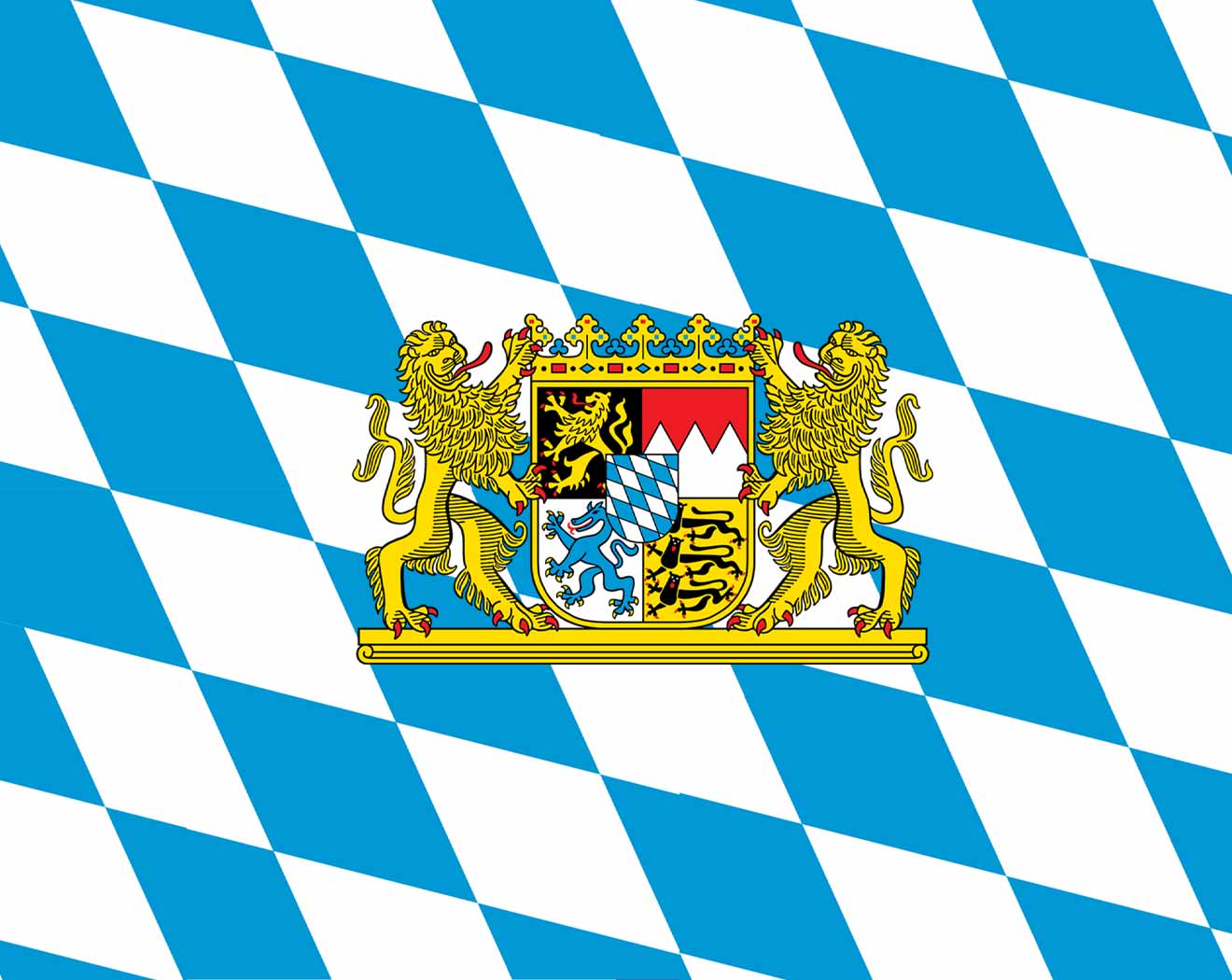 巴伐利亚州
巴伐利亚州
 联邦德国
联邦德国
 欧洲流行歌曲大赛
欧洲流行歌曲大赛
 2006年世界杯足球赛
2006年世界杯足球赛
 欧洲足球锦标赛 2020
欧洲足球锦标赛 2020

 欧洲足球锦标赛 2024
欧洲足球锦标赛 2024

 地理
地理

 地理
地理
 *全球最宜居城市
*全球最宜居城市

 历史
历史
 公元 1500 - 2000
公元 1500 - 2000

 历史
历史
 公元 1000 - 1500
公元 1000 - 1500

 历史
历史
 公元 2000 - 2100
公元 2000 - 2100

 国际城市
国际城市
 ***全球城市经济竞争力
***全球城市经济竞争力
 夏季奥林匹克运动会
夏季奥林匹克运动会
 1972夏季奥林匹克运动会
1972夏季奥林匹克运动会
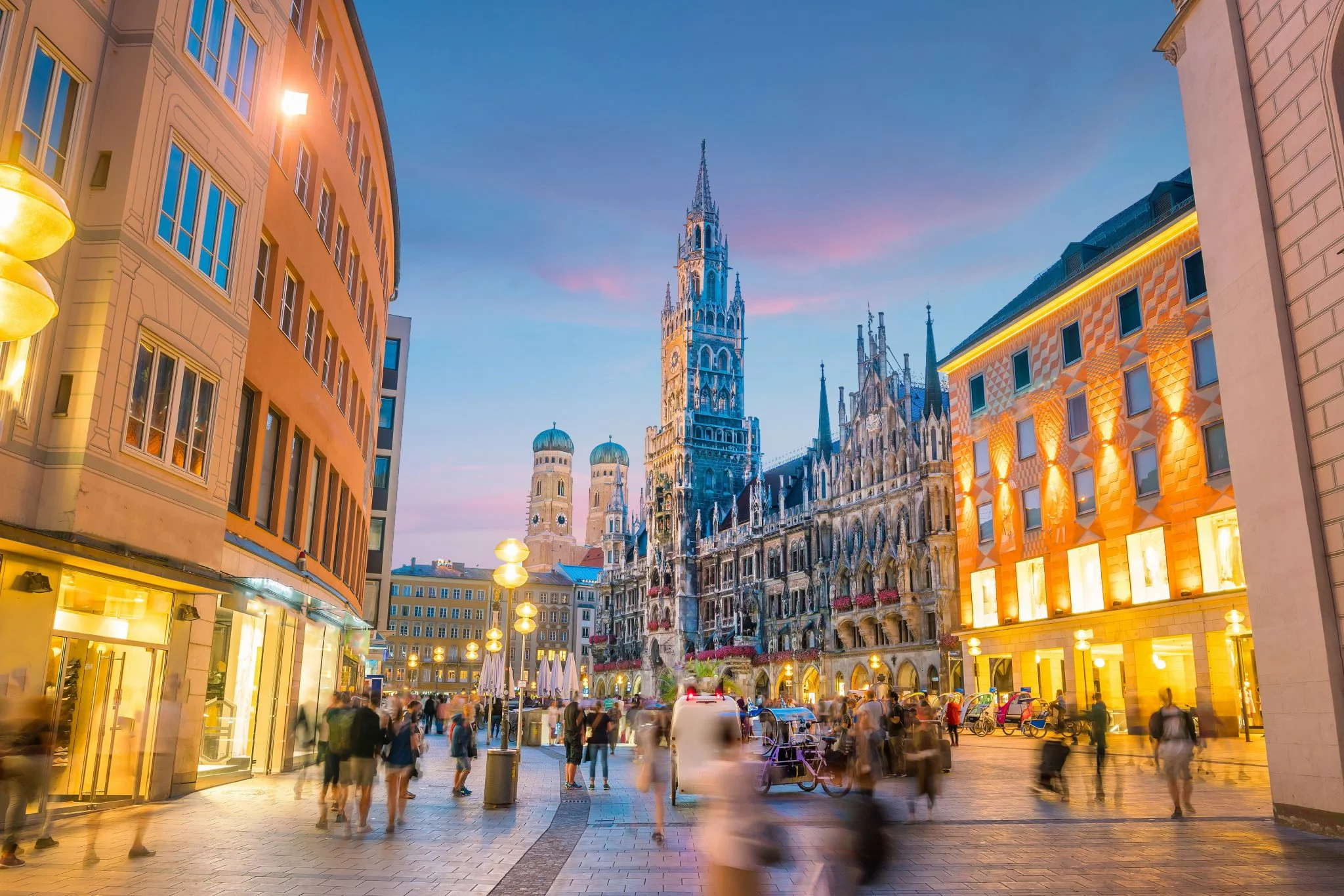
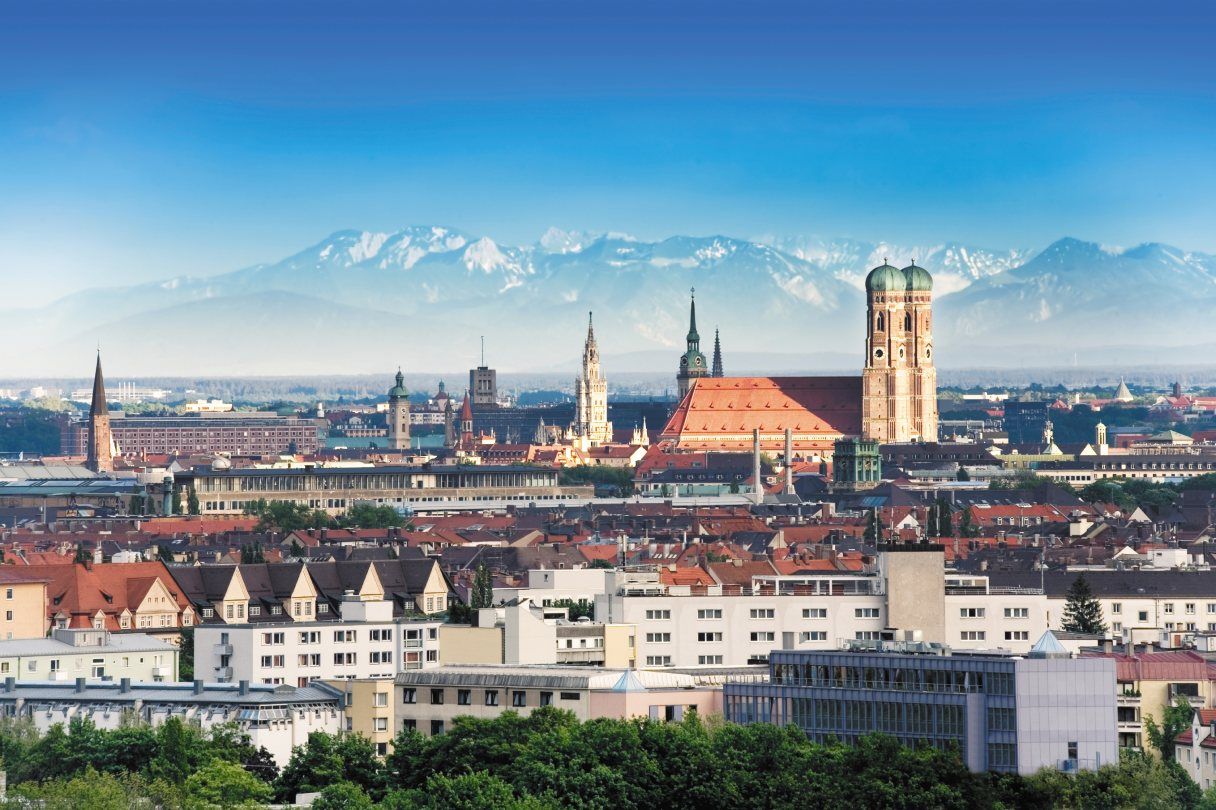
München (hochdeutsch  [ˈmʏnçn̩] oder [ˈmʏnçən̩];[4] bairisch
[ˈmʏnçn̩] oder [ˈmʏnçən̩];[4] bairisch  Minga?/i [ˈmɪŋ(:)ɐ]) ist die Landeshauptstadt des Freistaates Bayern. Sie ist mit rund 1,5 Millionen Einwohnern die einwohnerstärkste Stadt Bayerns und (nach Berlin und Hamburg) die nach Einwohnern drittgrößte Gemeinde Deutschlands sowie die viertgrößte Stadt im deutschsprachigen Raum und zwölftgrößte der Europäischen Union. Im Ballungsraum München leben mehr als 2,9 Millionen Menschen,[5][6] die flächengrößere europäische Metropolregion München umfasst rund 5,7 Millionen Einwohner.
Minga?/i [ˈmɪŋ(:)ɐ]) ist die Landeshauptstadt des Freistaates Bayern. Sie ist mit rund 1,5 Millionen Einwohnern die einwohnerstärkste Stadt Bayerns und (nach Berlin und Hamburg) die nach Einwohnern drittgrößte Gemeinde Deutschlands sowie die viertgrößte Stadt im deutschsprachigen Raum und zwölftgrößte der Europäischen Union. Im Ballungsraum München leben mehr als 2,9 Millionen Menschen,[5][6] die flächengrößere europäische Metropolregion München umfasst rund 5,7 Millionen Einwohner.
Die Landeshauptstadt ist eine kreisfreie Stadt und bayerische Metropole,[7] zudem Verwaltungssitz des die Stadt umgebenden gleichnamigen Landkreises mit dem Landratsamt München als Verwaltung, des Bezirks Oberbayern und des Regierungsbezirks Oberbayern.
München wird zu den Weltstädten gezählt.[8] Die Metropole ist eine der wirtschaftlich erfolgreichsten und am schnellsten wachsenden Europas. Sie ist Sitz zahlreicher Konzerne, darunter fünf DAX-Unternehmen (Allianz, BMW, Linde, Munich Re, Siemens). Hier befindet sich die einzige Börse Bayerns. In der Städteplatzierung des Beratungsunternehmens Mercer belegte München im Jahr 2018 unter 231 Großstädten weltweit den dritten Platz nach Lebensqualität.[9] Laut dem Magazin Monocle war es 2018 sogar die lebenswerteste Stadt der Welt.[10] Andererseits wird die Lebensqualität zunehmend durch Agglomerationsnachteile, wie Verkehrs- und Umweltbelastung sowie sehr hohe Wohneigentumspreise und Mieten[11][12] eingeschränkt, weshalb auch die Wohnfläche pro Einwohner weit unter dem Bundesdurchschnitt liegt.[13] München gilt als sicherste Kommune unter den deutschen Großstädten über 200.000 Einwohnern hinsichtlich der Kriminalitätsrate aller Straftaten.[14]
München wurde 1158 erstmals urkundlich erwähnt.[15] Die Stadt wurde 1255 bayerischer Herzogssitz, war von 1328 bis 1347 kaiserliche Residenzstadt und wurde 1506 alleinige Hauptstadt Bayerns. München ist Sitz zahlreicher nationaler und internationaler Behörden sowie wichtiger Universitäten und Hochschulen, bedeutender Museen und Theater. Durch eine große Anzahl sehenswerter Bauten samt geschützten Baudenkmälern und Ensembles, internationaler Sportveranstaltungen, Messen und Kongresse sowie das weltbekannte Oktoberfest ist München ein Anziehungspunkt für den internationalen Tourismus.
In der Städteplatzierung des Beratungsunternehmens Mercer belegte München im Jahr 2012 unter fünfzig Großstädten weltweit nach Infrastruktur den zweiten und nach Lebensqualität den vierten Platz.
慕尼黑位于德国南部阿尔卑斯山北麓的伊萨尔河畔,是德国南部第一大城,全德国第三大城市,仅次于首都柏林与北部最大城市汉堡。是德国主要的经济、文化、科技和交通中心之一,也是欧洲最繁荣的城市之一。慕尼黑同时又保留着原巴伐利亚王国都城的古朴风情,被人们称作“百万人的村庄”,是生物工程学、软件及服务业的中心。拥有各大公司的总部和许多跨国公司的欧洲总部。
慕尼黑是德国第二大金融中心(仅次于法兰克福),慕尼黑是欧洲最大的出版中心,拥有德国最大的日报之一《南德意志报》,以及许多出版社(仅次于纽约市)。
慕尼黑(德语:München)是德国巴伐利亚州的首府。慕尼黑分为老城与新城两部分,总面积达310平方千米。它是德国南部第一大城,全德国第三大城市,排在柏林与汉堡之后,总人口约130万,有“百万人的村落”的美称。慕尼黑位于德国南部,是巴伐利亚州的文化中心兼首府。它享有“欧洲建筑博物馆”的美誉,哥特式、古罗马式、巴洛克式古建筑以及各式现代化的建筑比比皆是,圣母教堂、路德维希大街是这座城市不可遗忘的部分。自中世纪起,慕尼黑就以啤酒而闻名。是世界第三大啤酒生产地。一年一度的啤酒节让整个城市都沉浸在欢乐的气氛中。这里还是高科技产业中心,宝马、西门子等世界性的大企业总公司就设在慕尼黑。慕尼黑工科大学的科研开发堪称世界一流 。
ミュンヘン(ドイツ語: München, ドイツ語発音: [ˈmʏnçən] (![]() 音声ファイル)[2], バイエルン語: Minga)は、イーザル川河畔にありバイエルンアルプスの北側に位置する都市。ドイツの連邦州であるバイエルン州最大の都市であり、同州の州都でもある。
音声ファイル)[2], バイエルン語: Minga)は、イーザル川河畔にありバイエルンアルプスの北側に位置する都市。ドイツの連邦州であるバイエルン州最大の都市であり、同州の州都でもある。
ミュンヘン(標準ドイツ語:München, バイエルン語:Minga〔ミンガ〕、ミュンヘン方言:Münchn〔ミュンヒン〕)という名は僧院という意味で、ドイツ語で僧を表す「メンヒ」に由来する。漢字表記は「民顕」。"che" の部分の無声硬口蓋摩擦音 [ç] の音写を表すために、[hə]/[xə] の発音を示す「ヘ」ではなく、[çə] の発音を示す「ヒェ」を用い、「ミュンヒェン」とも表記される(こちらのほうがドイツ語の発音に近い)。また "Mü" の発音は正確には「ミュ」ではなく、[mʏ] であり、[ʊ] の形に唇を開き、[ɪ] と発音した音に近い。同じ上部ドイツ語に属するアレマン語では、Münche(ミュンヒェ/ミュンキェ)と発音される。英語やフランス語では Munich(英語:ミューニック[mjú:nik]/仏語:ミュニク[mynik])、イタリア語では Monaco(モナコ公国との区別のために、「バイエルンの」という意味の語をつけてMonaco di Baviera, モナコ・ディ・バヴィエラ)と呼ばれる。
ミュンヘンはベルリン、ハンブルクに次いでドイツでは3番目に大きな都市で、市域人口は140万人近くに達する。1972年にミュンヘンオリンピックが開催された。
ミュンヘンの標語は「ミュンヘンはあなたを愛している。」 "München mag Dich" だが、2006年以前は "Weltstadt mit Herz" 「心を持つ国際都市」であった。ミュンヘンの市章には地名の由来となった僧が表現され、黒と金の配色の市旗は神聖ローマ帝国の色で市の公式の色としてルートヴィヒ4世の時代以来使われている。
今日のミュンヘンは金融、出版の中心都市でたびたび、移住者などが住むのに適した場所として上位に位置付けられる。2011年のマーサー・ヒューマン・リソース・コンサルティングによる世界で最も居住に適した都市では4位を獲得した[3]。2010年のライフスタイルマガジンMonocleの調査では5位に付けており、未だにドイツの都市の中では高い位置にある[4]。経済的、社会的革新に関する162の指標の分析を基にした調査では2thinknowイノベーション都市指数で289都市中、世界では15位、ドイツ国内では5位に付けた[5]。
Munich (/ˈmjuːnɪk/; German: München [ˈmʏnçn̩] ( listen);[2] Austro-Bavarian: Minga [ˈmɪŋ(ː)ɐ]) is the capital and the most populated city in the German state of Bavaria, on the banks of the River Isar north of the Bavarian Alps. Munich is also the third largest city in Germany, after Berlin and Hamburg, and the 12th largest city in the European Union, with a population of around 1.5 million.[3] The Munich Metropolitan Region is home to 6 million people.[4]
listen);[2] Austro-Bavarian: Minga [ˈmɪŋ(ː)ɐ]) is the capital and the most populated city in the German state of Bavaria, on the banks of the River Isar north of the Bavarian Alps. Munich is also the third largest city in Germany, after Berlin and Hamburg, and the 12th largest city in the European Union, with a population of around 1.5 million.[3] The Munich Metropolitan Region is home to 6 million people.[4]
The city is a major centre of art, technology, finance, publishing, culture, innovation, education, business, and tourism in Germany and Europe and enjoys a very high standard and quality of living, reaching first in Germany and third worldwide according to the 2018 Mercer survey,[5] and being rated the world's most liveable city by the Monocle's Quality of Life Survey 2018.[6] According to the Globalization and World Rankings Research Institute Munich is considered an alpha-world city, as of 2015.[7]
The name of the city is derived from the Old/Middle High German term Munichen, meaning "by the monks". It derives from the monks of the Benedictine order, who ran a monastery at the place that was later to become the Old Town of Munich; hence the monk depicted on the city's coat of arms. Munich was first mentioned in 1158. Catholic Munich strongly resisted the Counter-Reformation and was a political point of divergence during the resulting Thirty Years' War, but remained physically untouched despite an occupation by the Protestant Swedes.[8][citation needed] Once Bavaria was established as a sovereign kingdom in 1806, it became a major European centre of arts, architecture, culture and science. In 1918, during the German Revolution, the ruling house of Wittelsbach, which had governed Bavaria since 1180, was forced to abdicate in Munich and a short-lived socialist republic was declared.
In the 1920s, Munich became home to several political factions, among them the NSDAP. The first attempt of the Nazi movement to take over the German government in 1923 with the Beer Hall Putsch was stopped by the Bavarian police in Munich with gunfire. After the Nazis' rise to power, Munich was declared their "Capital of the Movement". During World War II, Munich was heavily bombed and more than 50% of the entire city and up to 90% of the historic centre were destroyed. After the end of postwar American occupation in 1949, there was a great increase in population and economic power during the years of Wirtschaftswunder, or "economic miracle". Unlike many other German cities which were heavily bombed, Munich restored most of its traditional cityscape and hosted the 1972 Summer Olympics. The 1980s brought strong economic growth, high-tech industries and scientific institutions, and population growth. The city is home to major corporations like BMW, Siemens, MAN, Linde, Allianz and MunichRE.
Munich is home to many universities, museums and theatres. Its numerous architectural attractions, sports events, exhibitions and its annual Oktoberfest attract considerable tourism.[9] Munich is one of the most prosperous and fastest growing cities in Germany. It is a top-ranked destination for migration and expatriate location, despite being the municipality with the highest population density in Germany (4,500 people per km²) . Munich hosts more than 530,000 people of foreign background, making up 37.7% of its population.[10]
Munich (/my.nik/) (München en allemand, prononcé : [ˈmʏnçən] Écouter ; Minga en bavarois) est une ville du sud de l'Allemagne et la capitale du Land de Bavière. Avec 1 548 319 habitants intra-muros au 30 juin 20171 et 2 351 706 habitants dans son aire urbaine2, elle est la troisième ville d'Allemagne par la population après Berlin et Hambourg. La Région métropolitaine de Munich, qui englobe également Augsbourg et Ingolstadt, compte quant à elle plus de cinq millions d'habitants. Traversée par l'Isar, affluent du Danube, elle se situe dans le district de Haute-Bavière, au pied des Alpes bavaroises.
Le nom de la ville provient du vieux haut-allemand Munichen (« par les moines »), en raison de la présence d'un monastère bénédictin à l'emplacement actuel de la vieille ville ; l'héraldique fait par ailleurs figurer un moine. Mentionnée pour la première fois en 1158, Munich devient la ville de résidence des ducs de Bavière en 1255 et de l'empereur romain germanique Louis IV. En 1506, après deux siècles de division, les principautés s'unifient pour former la Bavière. Ville catholique - ce dont témoigne la cathédrale Notre-Dame, principal édifice religieux de la ville -, elle est l'un des foyers de la Contre-Réforme. Devenue capitale de l'électorat de Bavière (1623) puis du royaume de Bavière (1805), elle devient un des principaux centres culturels, artistiques et scientifiques allemands au XIXe siècle, sous l'impulsion du roi Louis II.
Au cours du XXe siècle, Munich connaît un important développement industriel, devenant le premier pôle économique de la République fédérale allemande (1949-1990) puis de l'Allemagne réunifiée. Elle accueille notamment le siège de grandes sociétés comme Siemens, Allianz, BMW, Münchener Rückversicherung, Linde, Airbus Deutschland et HypoVereinsbank. Selon Eurostat, la zone urbaine élargie de la région métropolitaine de Munich est la plus importante d'Allemagne en termes de PIB avec 117,6 milliards d'euros, devant Hambourg, Berlin et Francfort. Avec un PIB par habitant de 53 073 euros, Munich est également l'une des villes les plus riches de l'Union européenne2.
Deuxième destination touristique d'Allemagne après Berlin, Munich est célèbre pour sa traditionnelle fête de la bière, l'Oktoberfest, qui se déroule chaque année de fin septembre à début octobre. Outre la cathédrale, la ville a également un important patrimoine historique, composé notamment du château de Nymphenbourg, de très nombreux musées richement dotés et de deux vastes jardins, le Hofgarten et le Englischer Garten (jardin anglais). Réputée être l'une des villes les plus agréables à vivre au monde, Munich accueille de nombreux évènements internationaux, dont les Jeux olympiques d'été de 1972, qui furent le théâtre d'une sanglante prise d'otages. Enfin, elle est le lieu de résidence de l'un des principaux clubs de football d'Europe, le Bayern Munich, qui joue dans l'Allianz Arena, au nord du centre-ville.
Monaco di Baviera (/ˈmɔnako di baˈvjɛra/; in tedesco: München, /ˈmʏnçən/, ascolta[?·info]; in bavarese: Minga) è una città extracircondariale della Germania meridionale, capitale (Landeshauptstadt) della Baviera. Situata sulle rive del fiume Isar, dopo Berlino ed Amburgo è la terza città tedesca per numero di abitanti[2], con una popolazione di circa 1 528 849 (30-04-2016) residenti nel comune,[3] 1 808 550 se si considera anche il circondario di Monaco e circa 2,7 milioni nell'area metropolitana.
È la città più importante della Germania meridionale, grazie alle residenze reali, agli immensi parchi, ai suoi musei, alle sue chiese barocche e rococò, al folclore bavarese ancora molto vissuto, alla vicinanza delle Prealpi e delle Alpi e naturalmente grazie alla birra ed alla sua manifestazione più famosa, l'Oktoberfest. Il santo patrono della città è San Benno di Meißen. Nel 2015[4] uno studio della società di consulenza globale Mercer ha classificato Monaco di Baviera al quarto posto tra le 20 città del mondo con la miglior qualità della vita; nel 2016[5] la città mantiene la sua posizione.
Múnich2 (AFI: ['mu.nitʃ], también [ˈmu.nik];3 en alemán, München,  [ˈmʏnçən] (?·i); en austro-bávaro: Minga [ˈmɪŋ(ː)ɐ]) es la capital, la mayor y la más importante ciudad del estado federado de Baviera y,4 después de Berlín y Hamburgo, la tercera ciudad de Alemania por número de habitantes. Se encuentra sobre el río Isar, al norte de los Alpes Bávaros.
[ˈmʏnçən] (?·i); en austro-bávaro: Minga [ˈmɪŋ(ː)ɐ]) es la capital, la mayor y la más importante ciudad del estado federado de Baviera y,4 después de Berlín y Hamburgo, la tercera ciudad de Alemania por número de habitantes. Se encuentra sobre el río Isar, al norte de los Alpes Bávaros.
El lema de la ciudad es München mag Dich (A Múnich le gustas). Antes de 2006 era Weltstadt mit Herz (Ciudad cosmopolita con corazón). Su nombre, München, deriva de Munichen, del alto alemán antiguo, que significa «en el lugar de los monjes». El nombre de la ciudad viene de los monjes benedictinos que fundaron la ciudad; de ahí que en el escudo de la ciudad haya un monje. Los colores oficiales de la ciudad son el negro y el oro, colores del Sacro Imperio Romano Germánico, desde tiempos de Luis IV de Baviera.
El área metropolitana de Múnich incluye algunas localidades colindantes de esta ciudad. Según un estudio de 2009, Múnich es la ciudad con la mejor calidad de vida de Alemania.5
El Múnich moderno es un centro financiero y editorial. En cuanto a innovación social y económica, la ciudad se encuentra en el 15.º lugar entre 289 ciudades según un estudio de 2010, y es la quinta ciudad alemana para el 2thinknow Innovation Cities Index basado en un análisis de 162 indicadores.6
El exónimo en español de la ciudad, que posee la particularidad de contar con una «ch» final, algo ajeno al sistema fonológico español, nace de los exónimos en francés e inglés. Por tanto, la pronunciación del exónimo es, etimológicamente, [ˈmunik], a través de la pronunciación del exónimo en inglés, o ['munitʃ], siguiendo las normas de pronunciación habituales del español. El gentilicio es «muniqués» y su plural, «muniqueses». El Diccionario Panhispánico de Dudas desaconseja la pronunciación con diptongo [ˈmiunik], propia del inglés.7 Múnich fue sede de los Juegos Olímpicos de 1972.
Мю́нхен (нем. München [ˈmʏnçən], бав. Minga, лат. Monacum, Monachium) — город на реке Изаре, на юге Германии, в федеральной земле Бавария. Внерайонный город (нем. kreisfreie Stadt), одновременно являющийся административным центром Баварии и административного округа Верхняя Бавария.
Название города произошло от древневерхненемецкого Munichen — «у монахов».
Население Мюнхена — 1 542 886 человек (31 октября 2016)[6]. Таким образом, он является крупнейшим городом Баварии и третьим, после Берлина и Гамбурга, городом Германии. В Мюнхене находится правительство Баварии, правительство округа Верхняя Бавария, а также правительство мюнхенского городского округа.
Мюнхен славится своими пивоваренными традициями. В городе находятся шесть крупных пивоварен, которые снабжают пивом знаменитый на весь мир Октоберфест — праздник пива, кренделей, жареных курочек и каруселей, ежегодно проводящийся в конце сентября — начале октября на Терезином лугу.
Современный Мюнхен — не только сосредоточие культурных и музейных ценностей, но и крупный промышленный и исследовательский центр. Благодаря знаменитым университетам, одной из крупнейших в Европе Баварской государственной библиотеке, насчитывающей шесть миллионов томов, институтам имени Макса Планка и имени Хайнца Майера-Лейбница, ядерному научно-исследовательскому реактору и многим другим учреждениям Мюнхен удерживает прочные позиции в европейской науке. Также Мюнхен по праву считается ИТ-столицей Германии. Недвижимость в Мюнхене самая дорогая в Германии.[7]
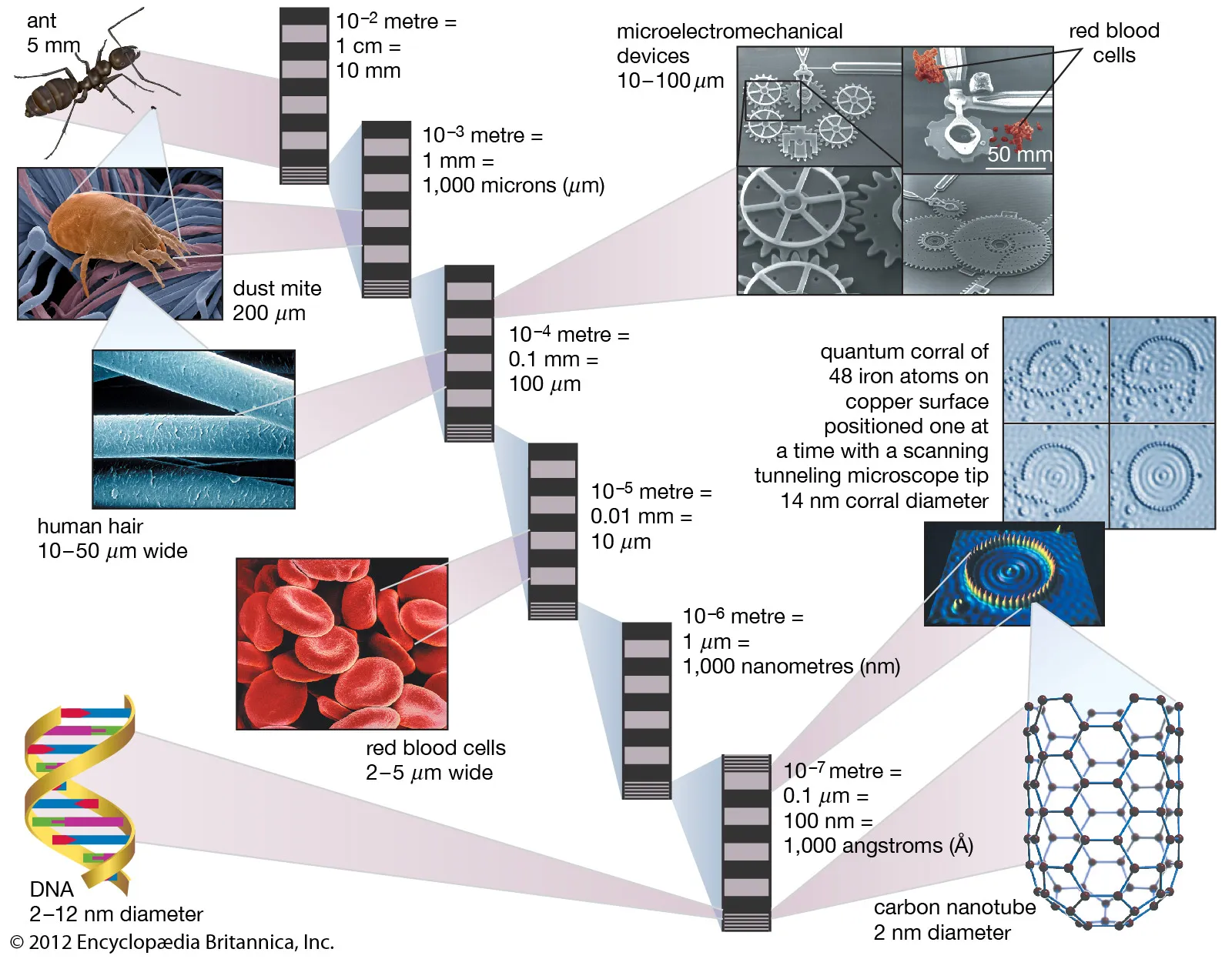
Der Sammelbegriff Nanotechnologie, oft auch Nanotechnik (altgriechisch νᾶνος nános ‚Zwerg‘) gründet auf der allen Nano-Forschungsgebieten zu Grunde liegenden gleichen Größenordnung der Nanoteilchen vom Einzel-Atom bis zu einer Strukturgröße von 100 Nanometern (nm): Ein Nanometer ist ein Milliardstel Meter (10−9 m). Diese Größenordnung bezeichnet einen Grenzbereich, in dem die Oberflächeneigenschaften gegenüber den Volumeneigenschaften der Materialien eine immer größere Rolle spielen und zunehmend quantenphysikalische Effekte berücksichtigt werden müssen. In der Nanotechnologie stößt man also zu Längenskalen vor, auf denen besonders die Größe die Eigenschaften eines Objektes bestimmt. Man spricht von „größeninduzierten Funktionalitäten“.
Mit dem Begriff wird heute die entsprechende Forschung in der Cluster-, Halbleiter- und Oberflächenphysik, der Oberflächen- und anderen Gebieten der Chemie sowie in Teilbereichen des Maschinenbaus und der Lebensmitteltechnologie (Nano-Food) bezeichnet.
纳米技术(英语:Nanotechnology)是一门应用科学,其目的在于研究于纳米规模时,物质和设备的设计方法、组成、特性以及应用。纳米科技是许多如生物、物理、化学等科学领域在技术上的次级分类,美国国家纳米科技启动计划将其定义为“1至100纳米尺寸尤其是现存科技在纳米规模时的延伸”。纳米科技的世界为原子、分子、高分子、量子点和高分子集合,并且被表面效应所掌控,如范德瓦耳斯力、氢键、电荷、离子键、共价键、疏水性、亲水性和量子穿隧效应等,而惯性和湍流等巨观效应则小得可以被忽略掉。举个例子,当表面积对体积的比例剧烈地增大时,开起了如催化学等以表面为主的科学新的可能性。
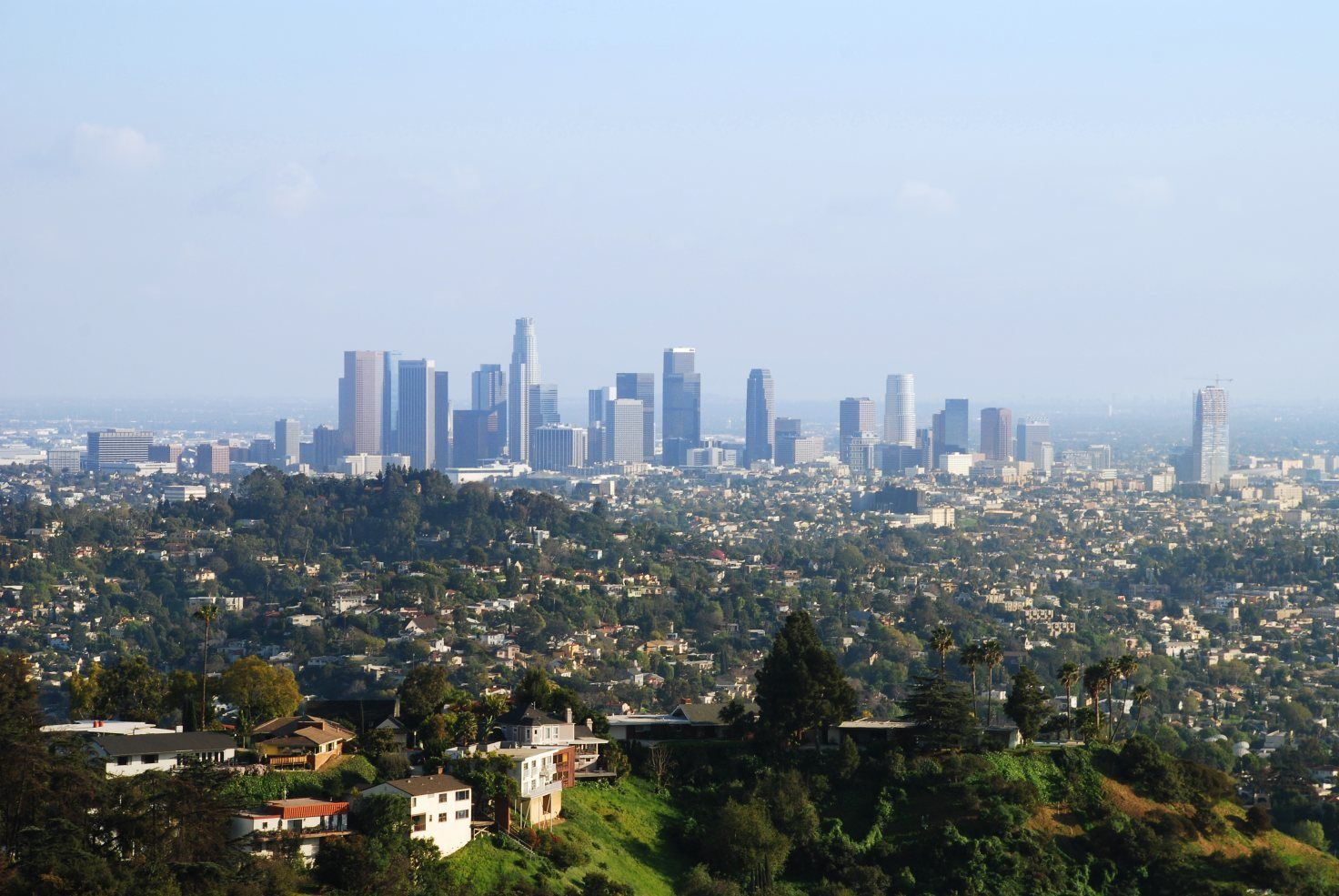
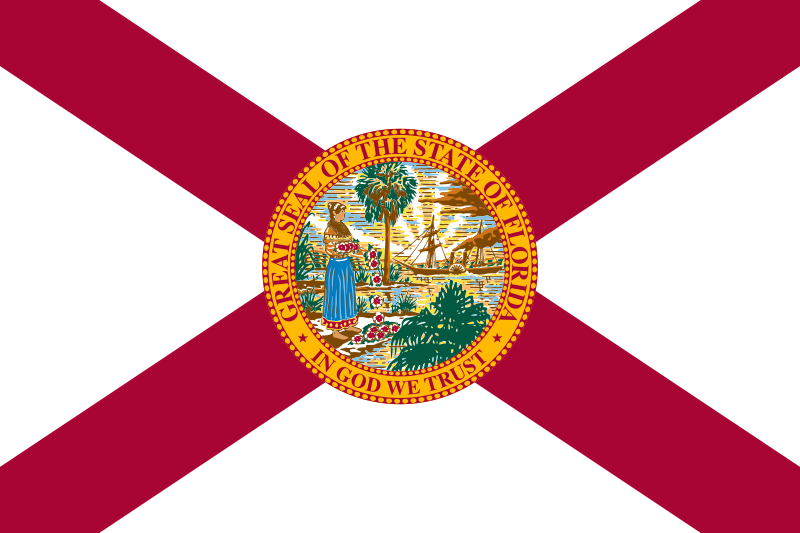 佛罗里达州
佛罗里达州
 天文
天文

